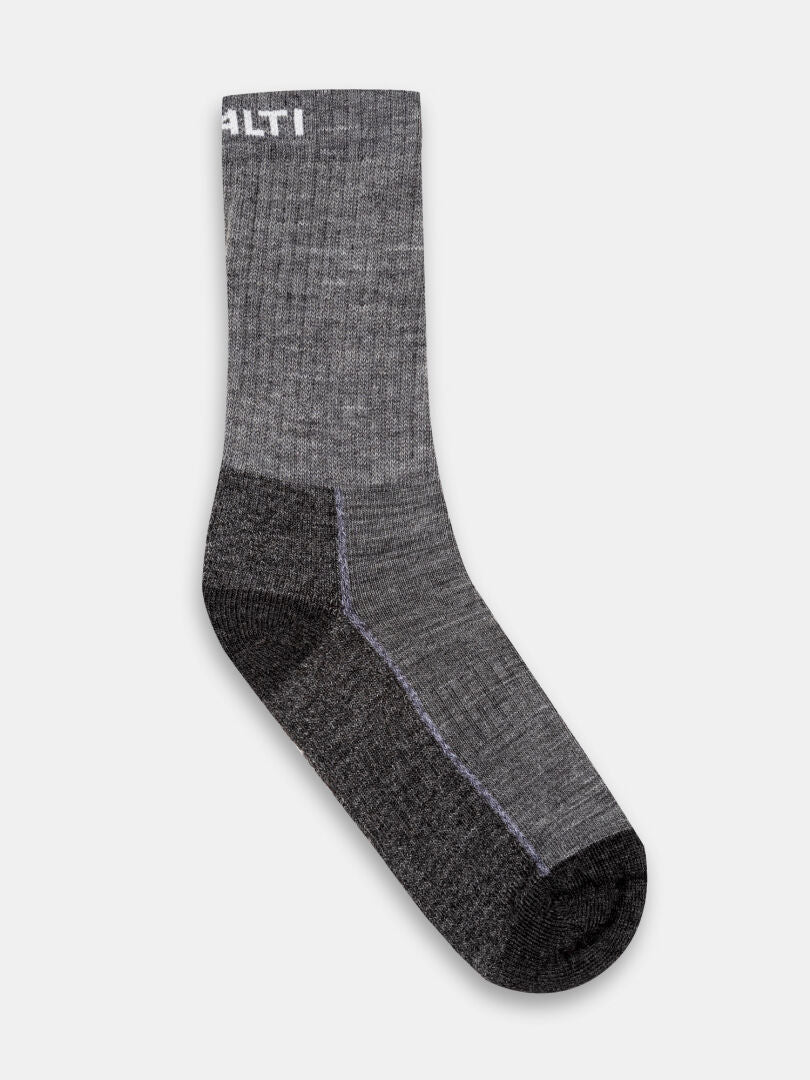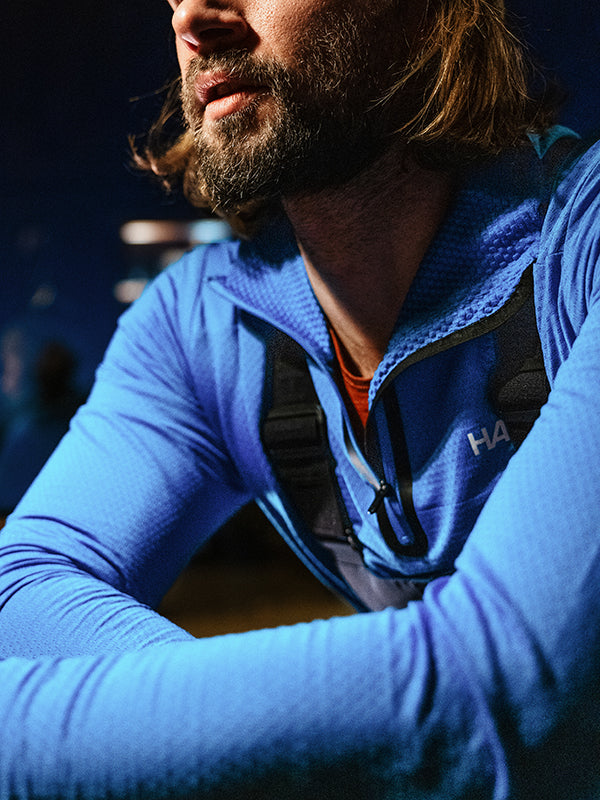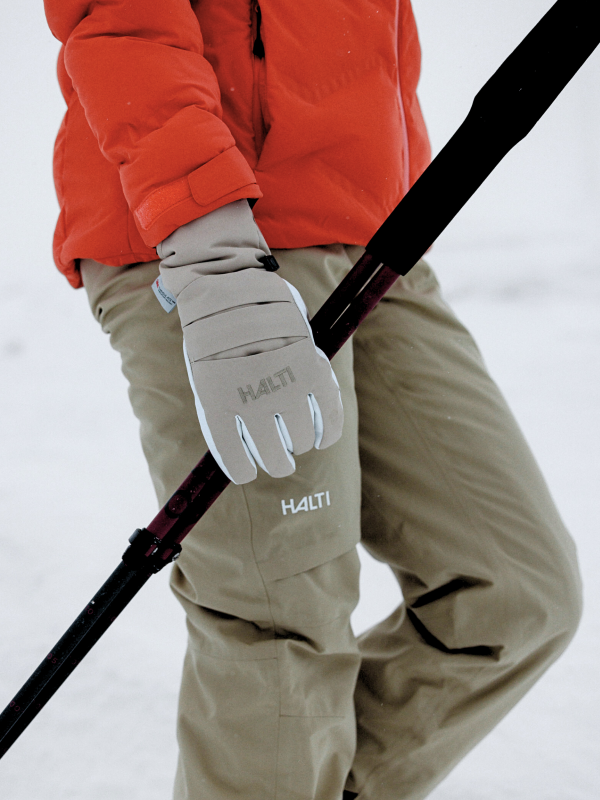HOW TO CHOOSE THE RIGHT CLOTHING FOR SKIING
Winter weather, changing conditions, and active movement demand the right gear for the slopes. When your ski jacket, pants, and layers are well chosen, you’ll stay comfortable on the slopes, in the lift, and during breaks. The key to great ski clothing is finding the perfect balance between protection, breathability, and freedom of movement, and building a layering system that works for you.
In this guide, we’ll go through how to choose the right ski wear, from shell layers to base layers and accessories.
Shell Jackets and Pants
A high-quality shell jacket and pants are the top choice for active skiers. Their main job is to protect you from wind, snow, and moisture — while allowing body heat and sweat to escape.
3-Layer Construction
A 3-layer shell combines three materials: an outer fabric, a waterproof membrane, and an inner lining. Together, they create a lightweight, weatherproof, and highly breathable garment. Because 3-layer clothing has no insulation, it’s ideal for active skiing, ski touring, and for those who prefer to adjust warmth through layering.
Shell jackets and pants are a great choice for variable conditions or full days of activity. Ventilation zippers, adjustable hems and cuffs, and strategically placed pockets add comfort and functionality. During ski touring, lightness and breathability are a major advantage — the shell keeps you dry, but won’t make you overheat on ascents. For extra warmth, wear a lightweight down or fleece midlayer under your shell. This way, the same jacket will work perfectly in both freezing temperatures and sunny spring days.

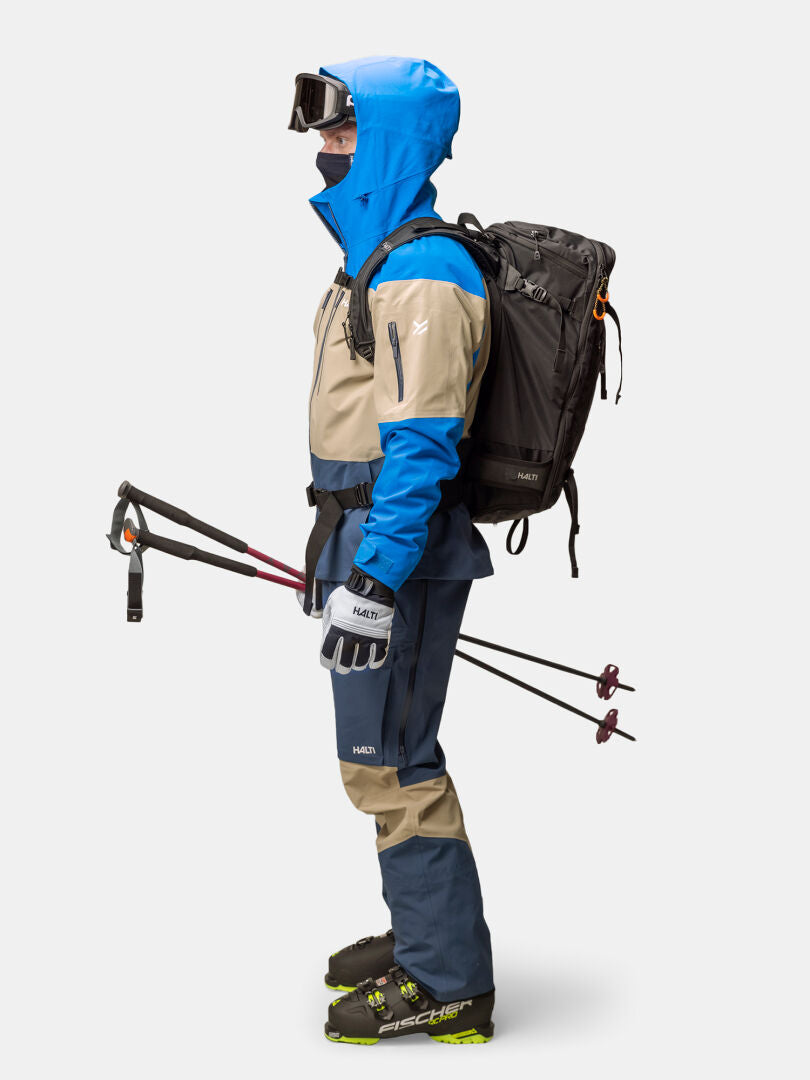
Rizle 3L DX Ski Jacket Unisex
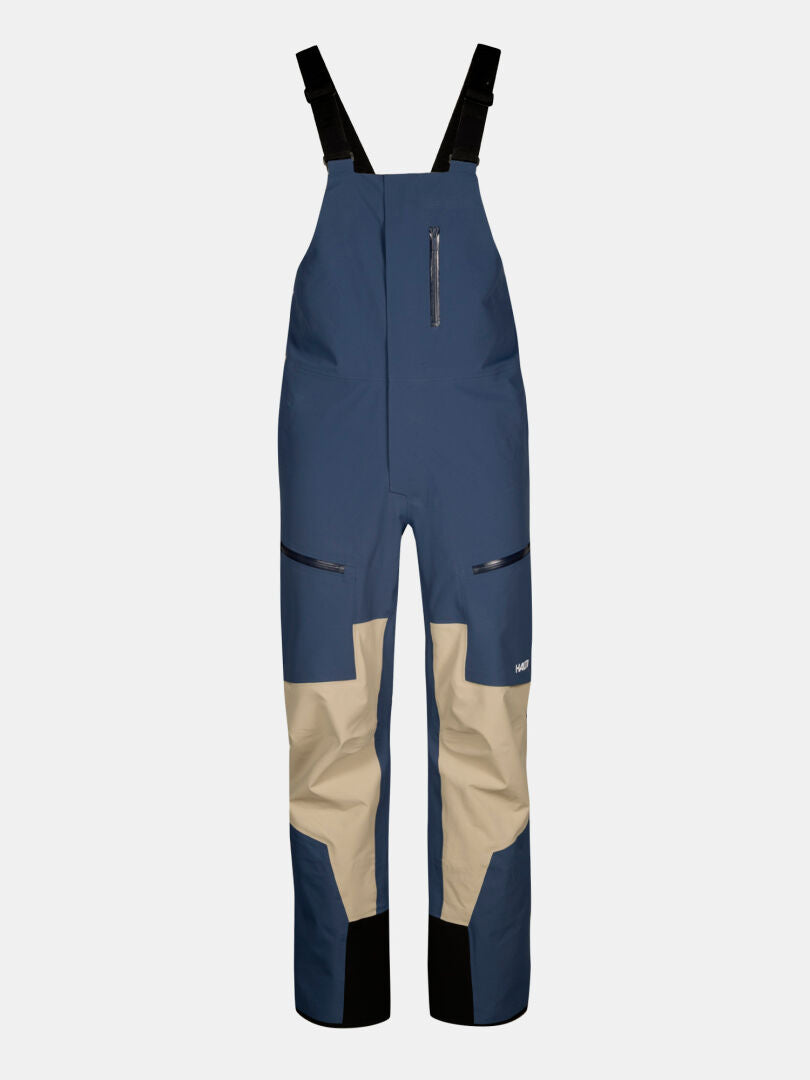

Rizle 3L Dx Ski Pants Unisex
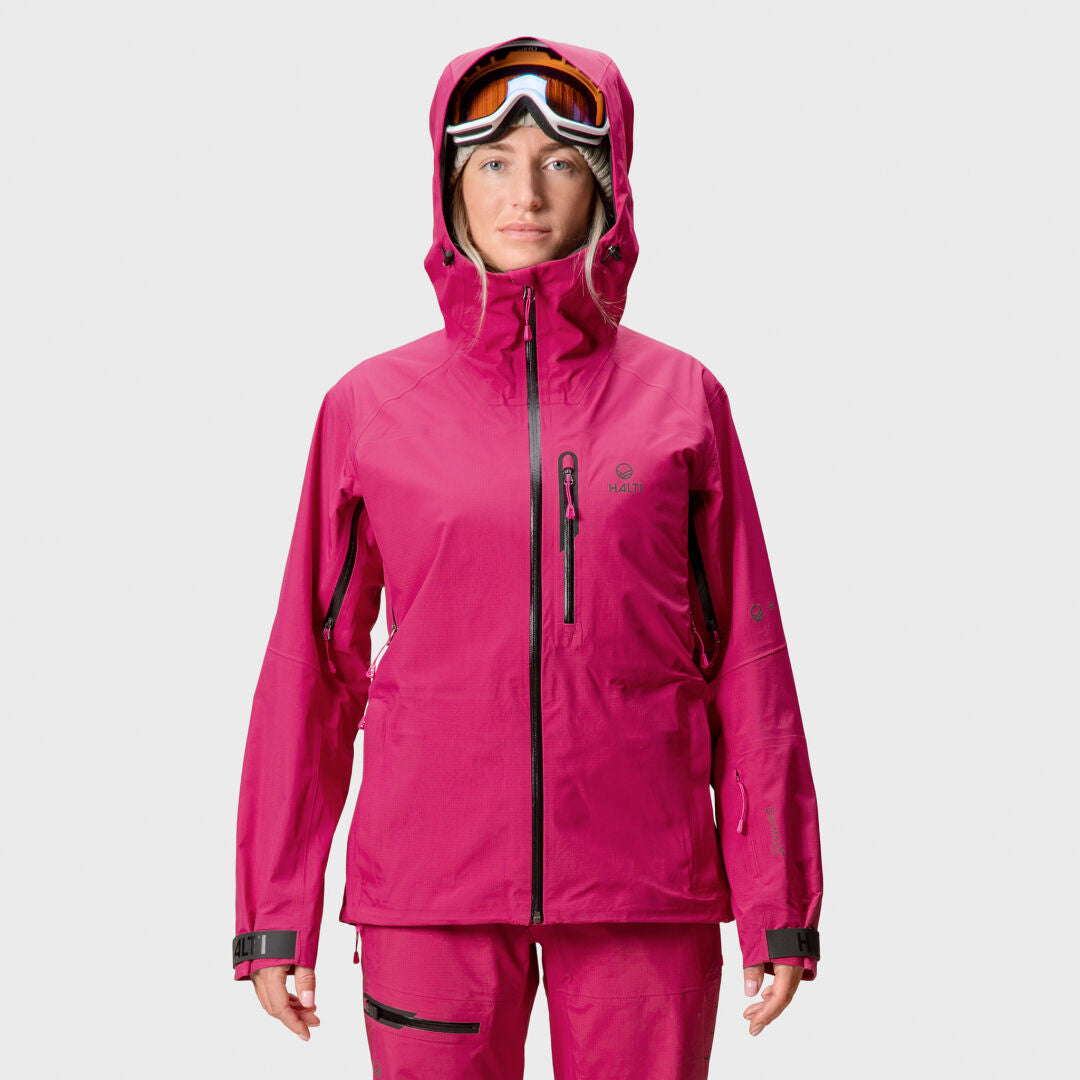
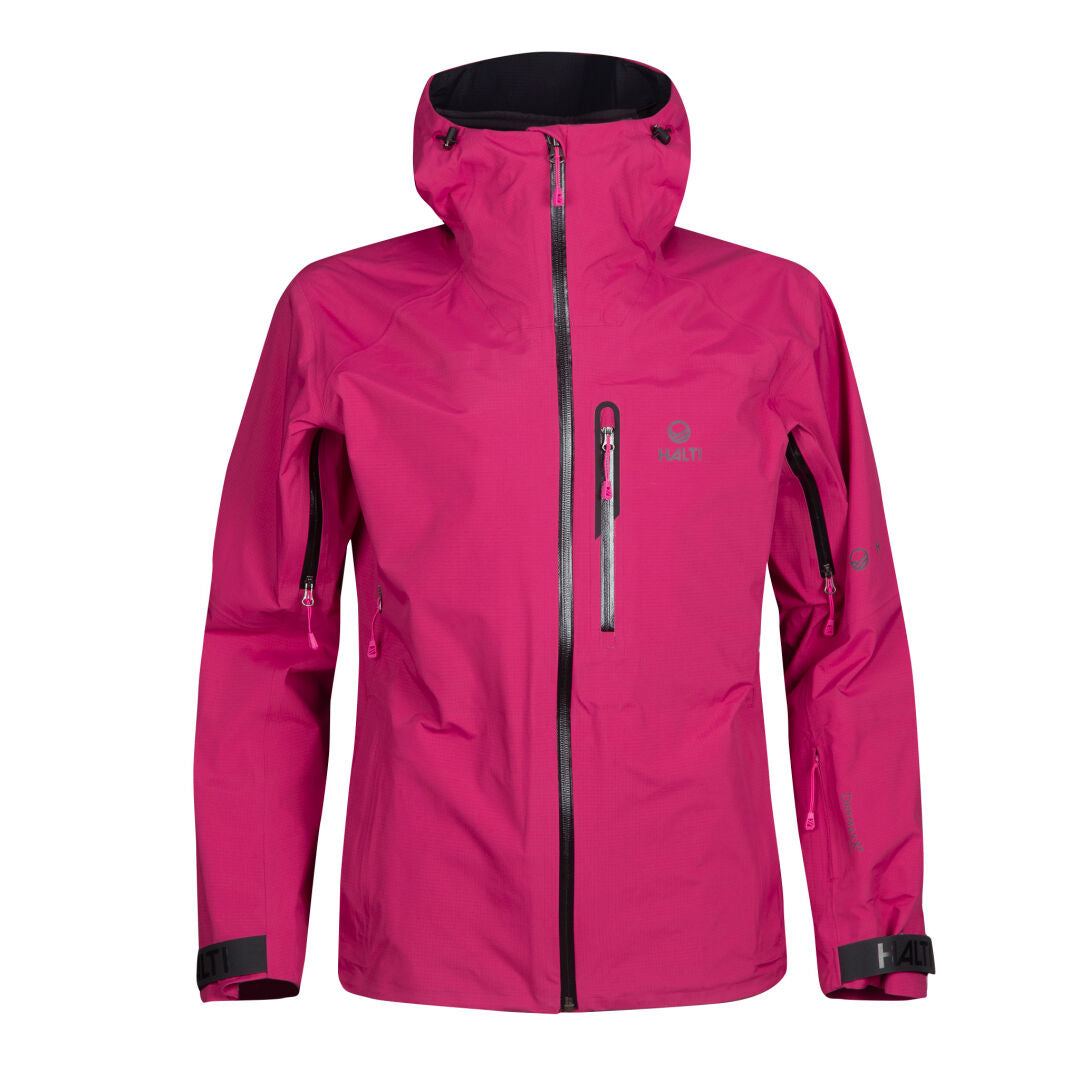
Alpine 3L DrymaxX Shell Jacket Women's


Alpine 3L DrymaxX Shell Pants Women's
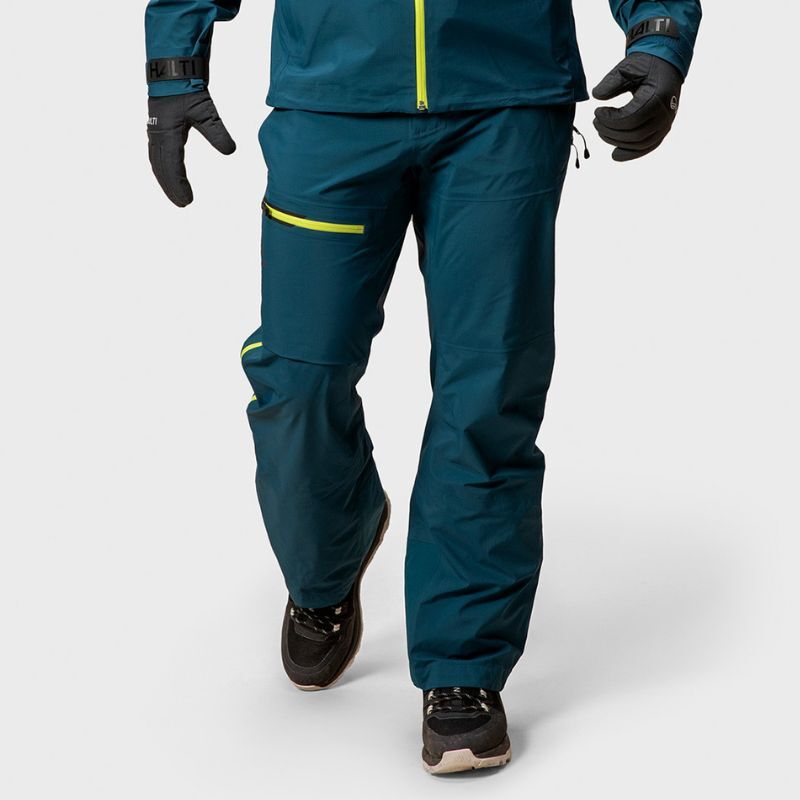
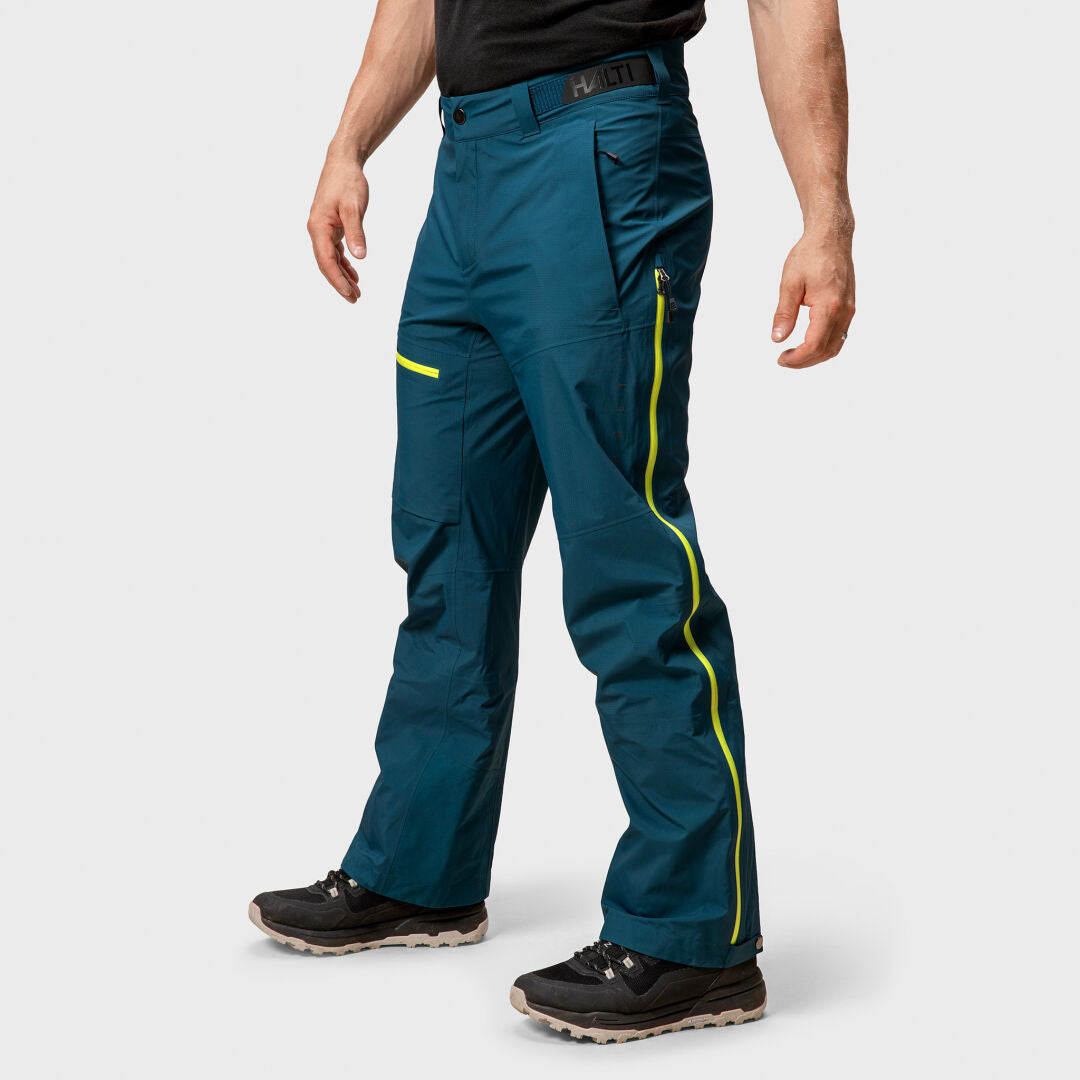
Alpine 3L DrymaxX Shell Pants Men's
5.0 / 5.0
(2) 2 total reviews
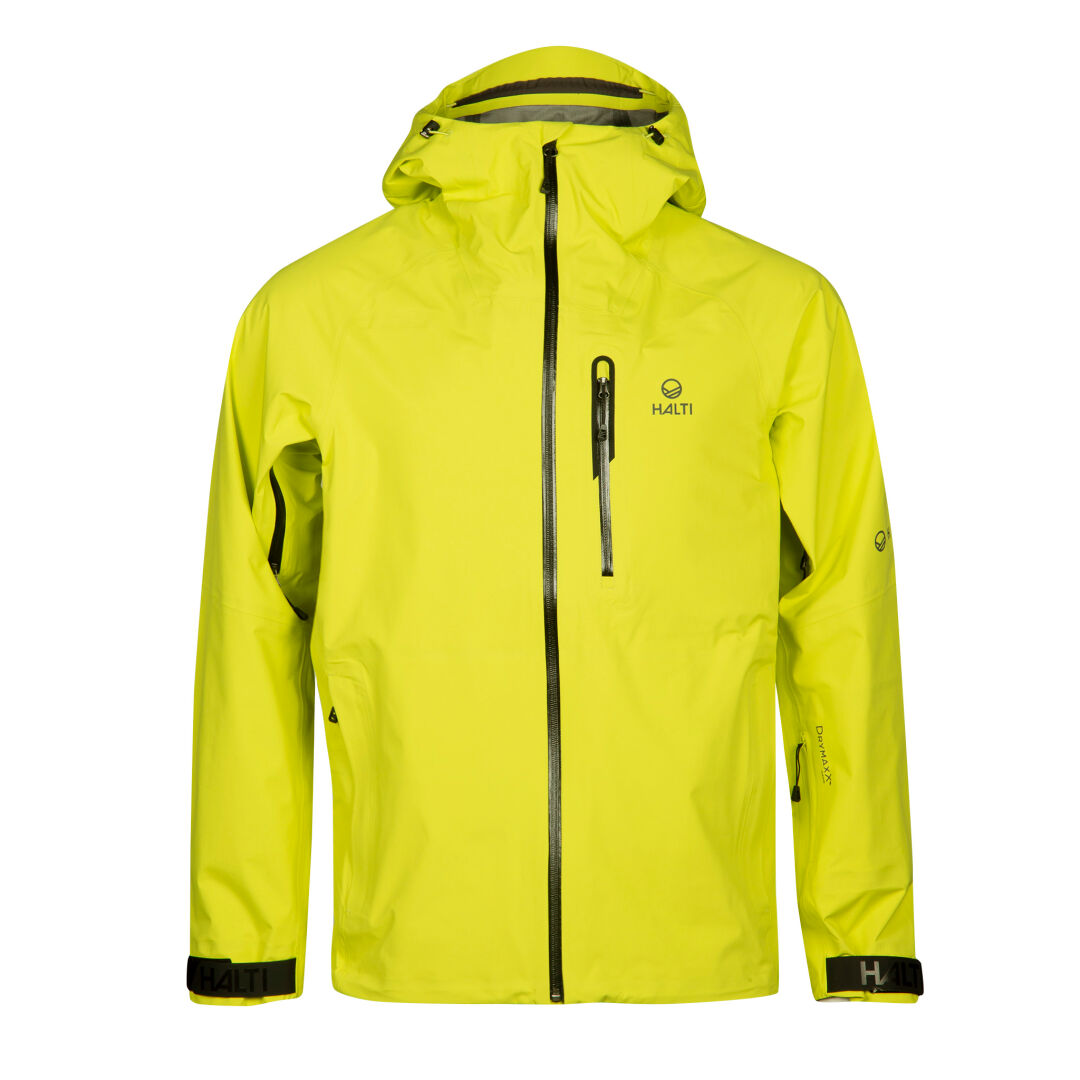
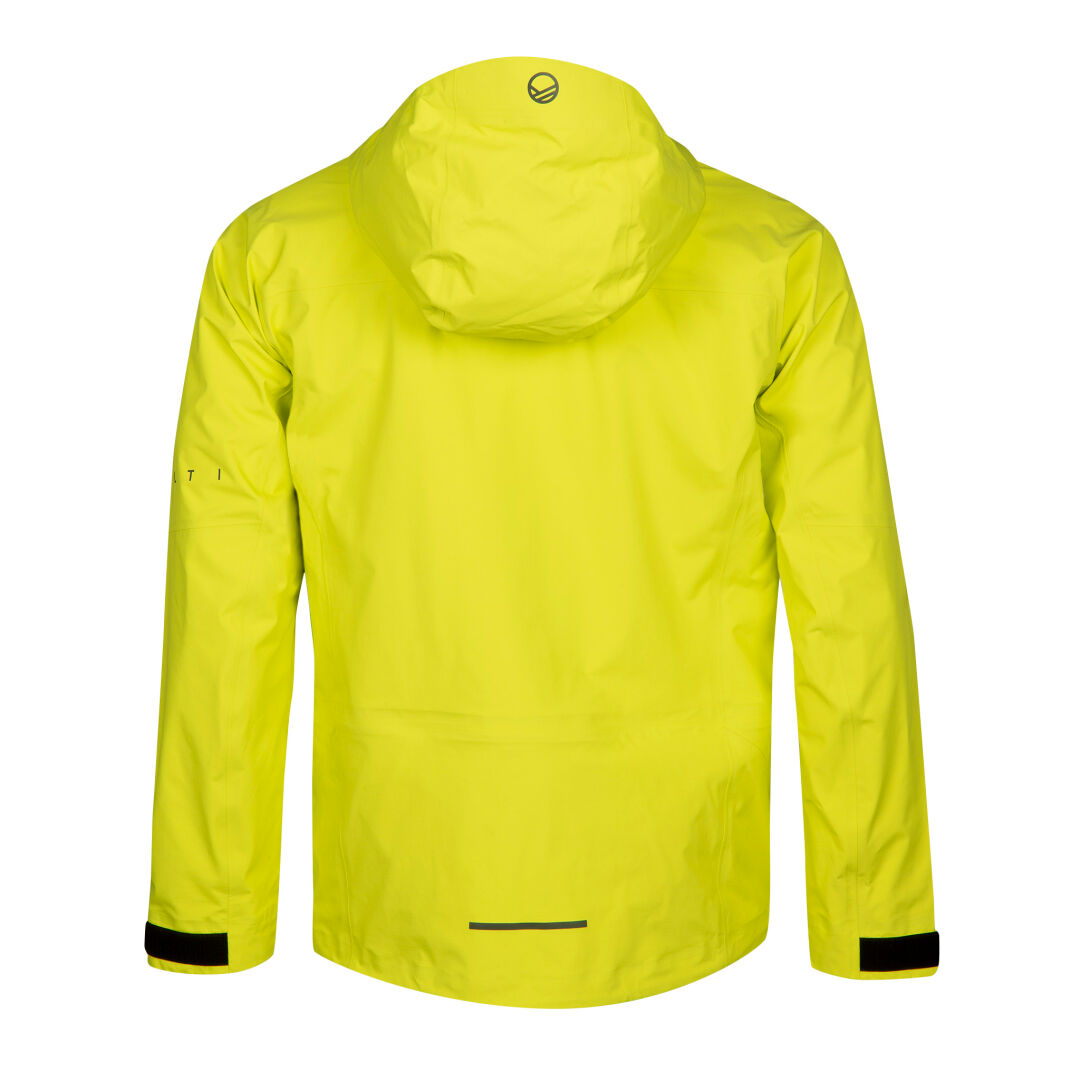
Alpine Unisex 3L DrymaxX Shell Jacket
5.0 / 5.0
(1) 1 total reviews


Settler 3L DX Ski Jacket Men's
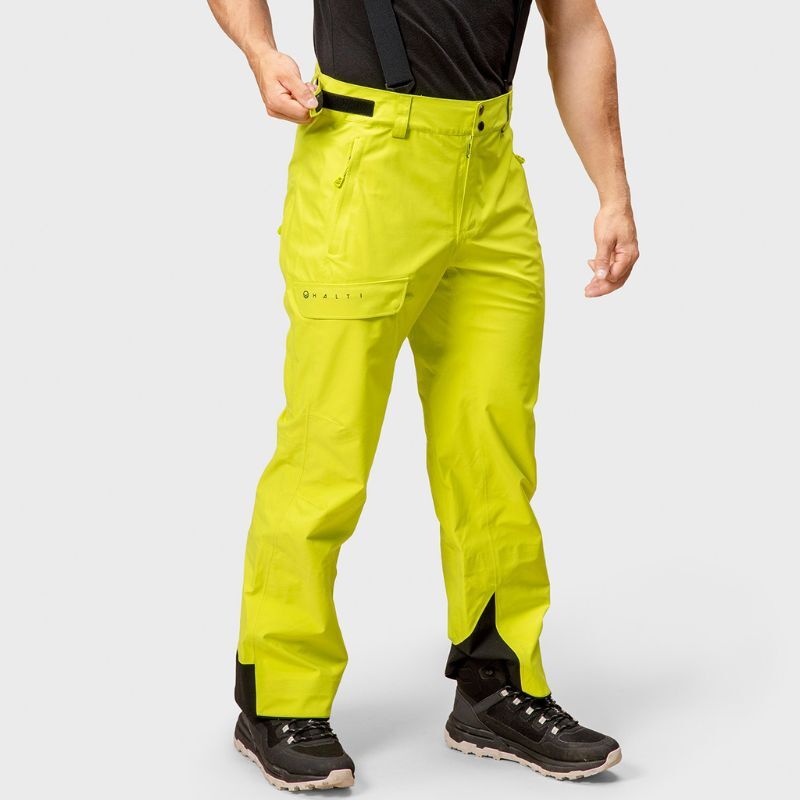

Settler 3L DX Ski Pants Men's
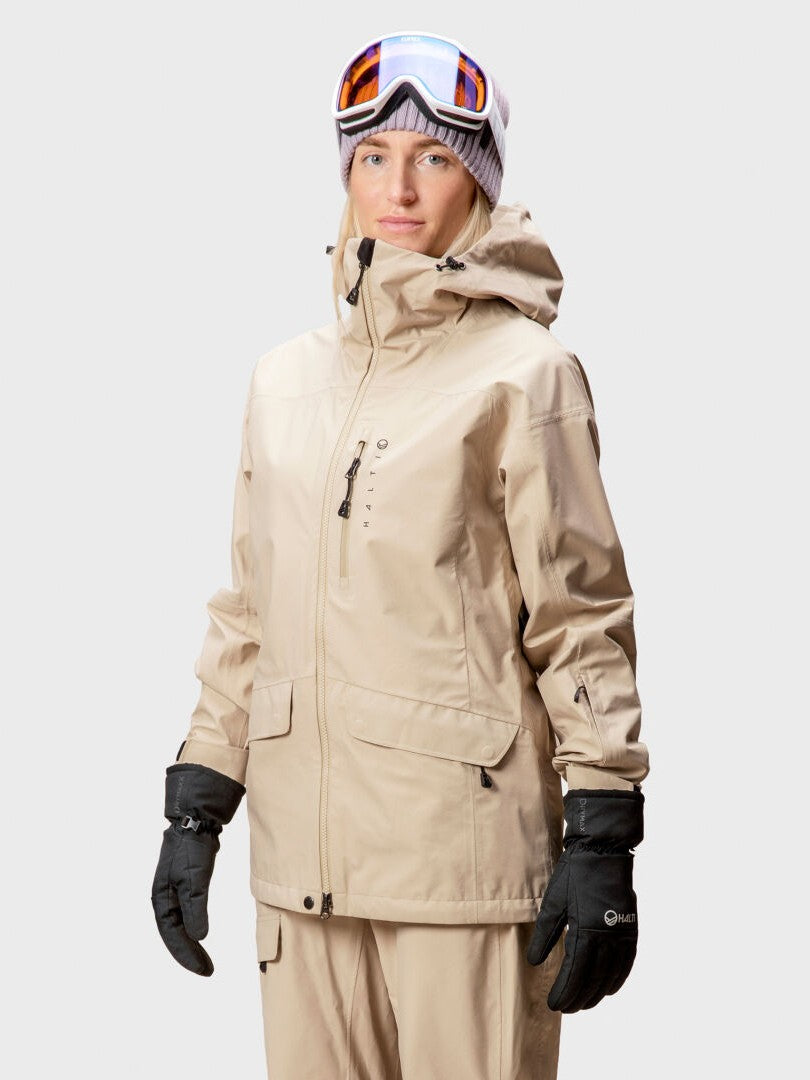
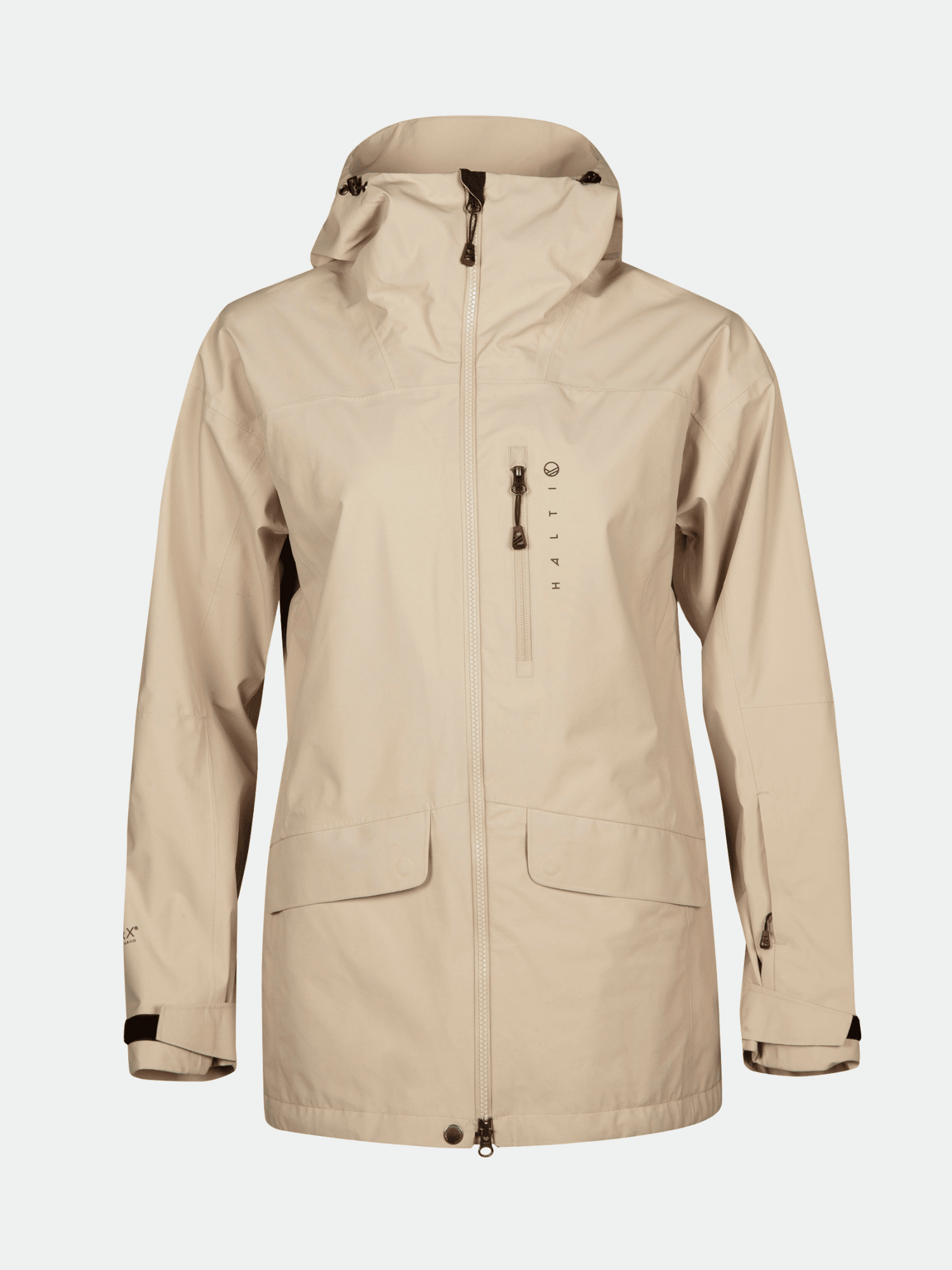
Settler 3L DrymaxX Ski Jacket Women's


Settler 3L DrymaxX Ski Pants Women's
Insulated Ski Jackets and Pants
If you get cold easily or spend long hours on lifts and slopes without intense activity, insulated ski clothing is for you. Insulated ski jackets and pants feature synthetic padding or other materials that trap heat, keeping your body warm even in freezing weather. These are especially practical for northern conditions or for skiers who prefer a ready-to-go warm outfit without separate midlayers.
When to Choose an Insulated Ski Jacket
- You spend long periods standing still (for example, with kids on the slopes).
- You mostly ski in cold weather.
- You appreciate convenience: warmth without additional layers.
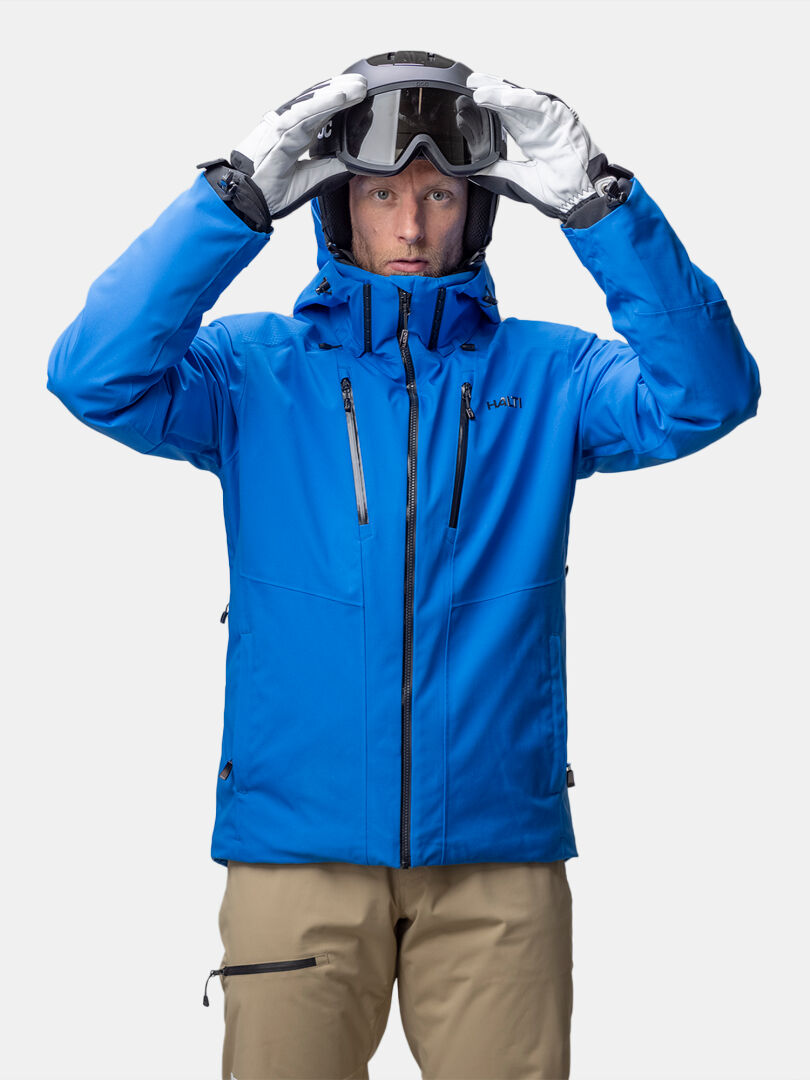
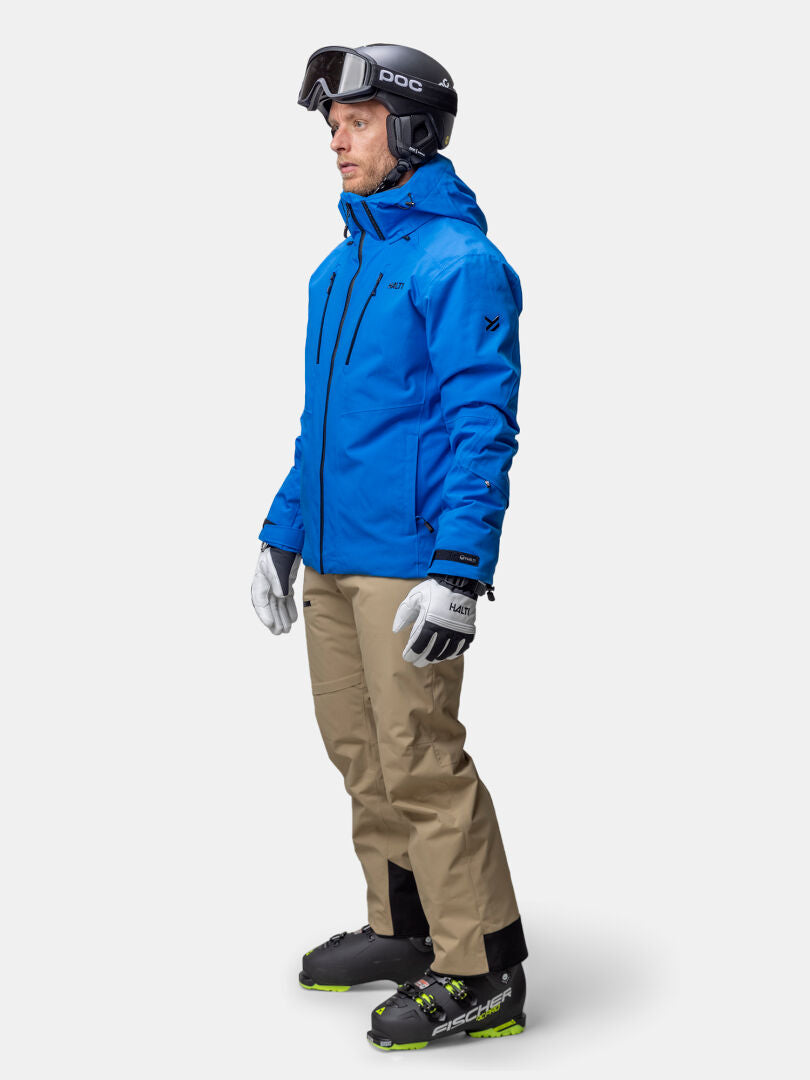
Vertica DX Ski Jacket Men's
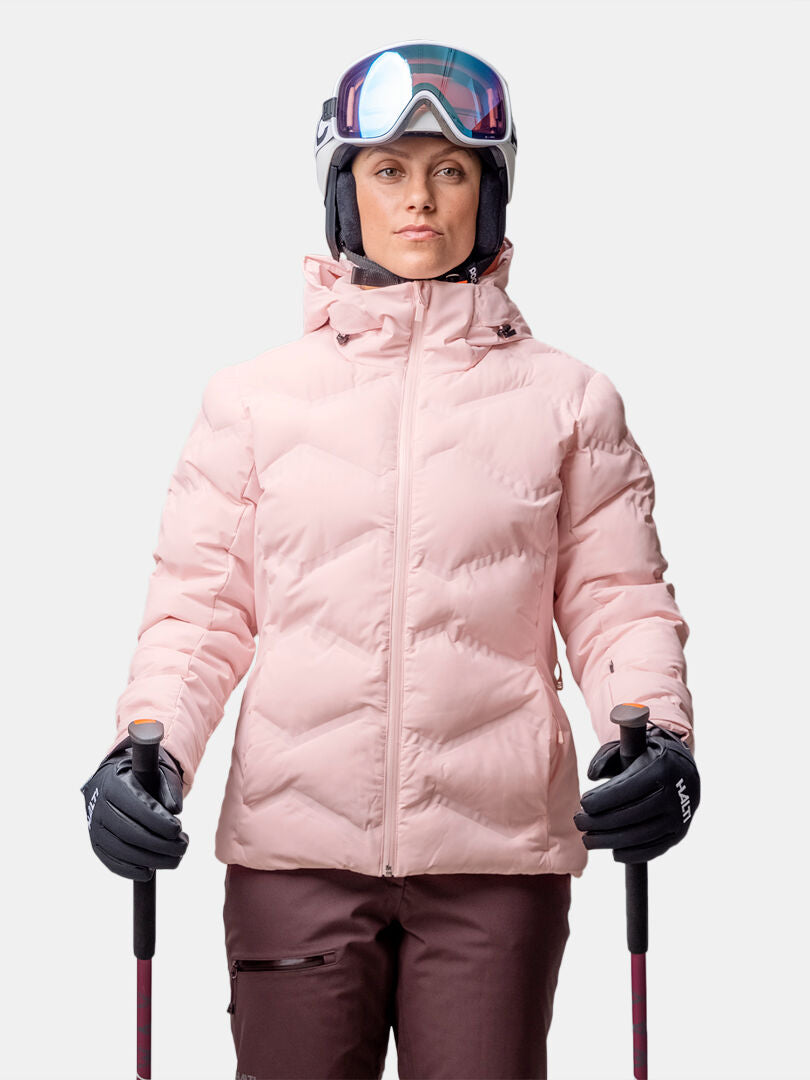
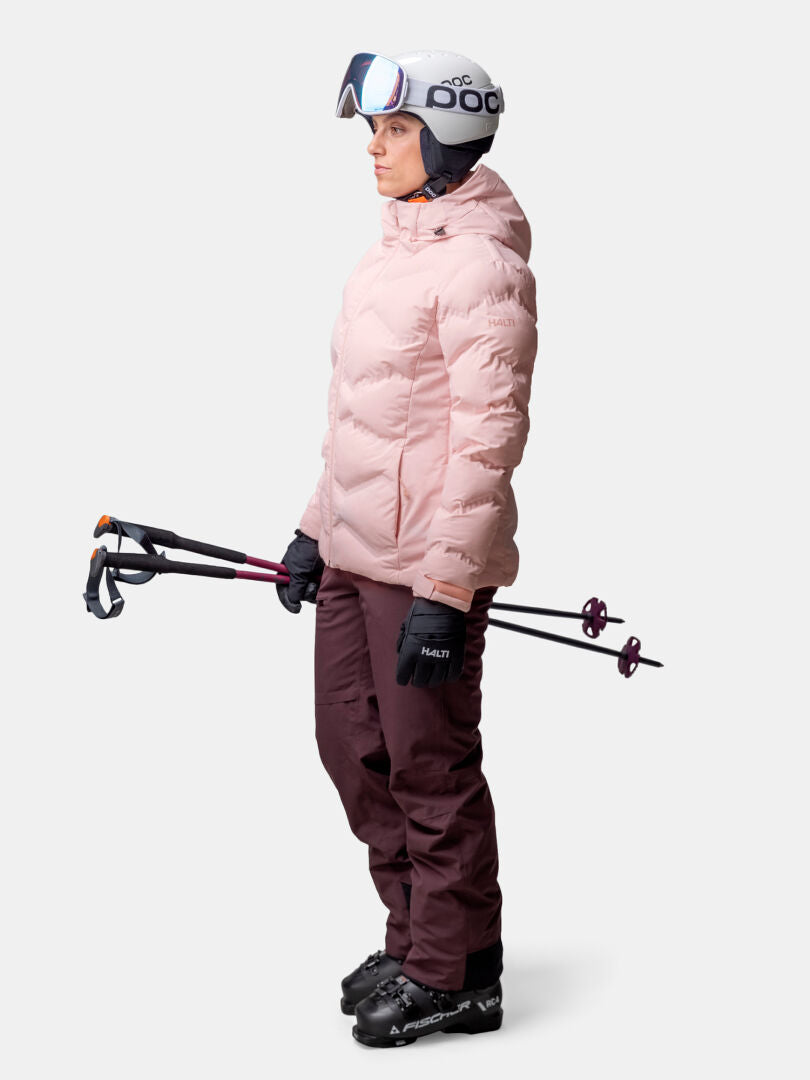
Nordic Arcty II Ski Jacket Women's
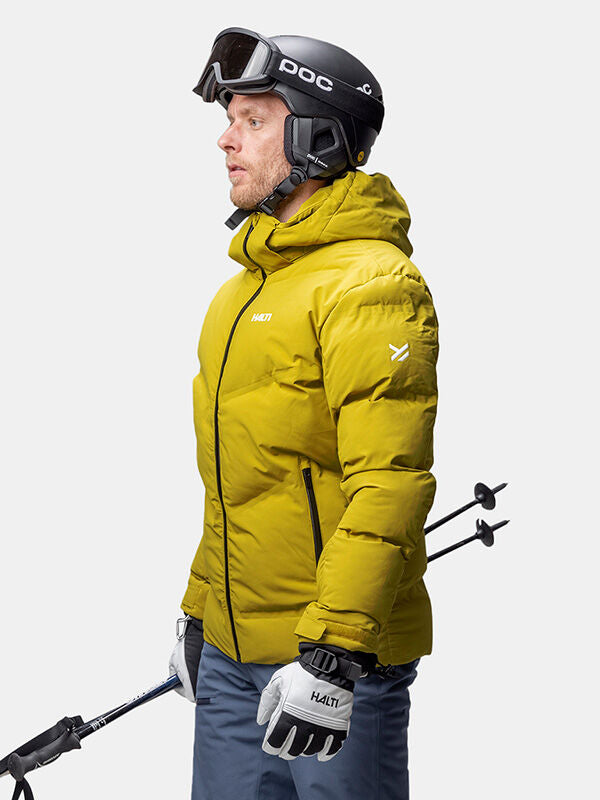
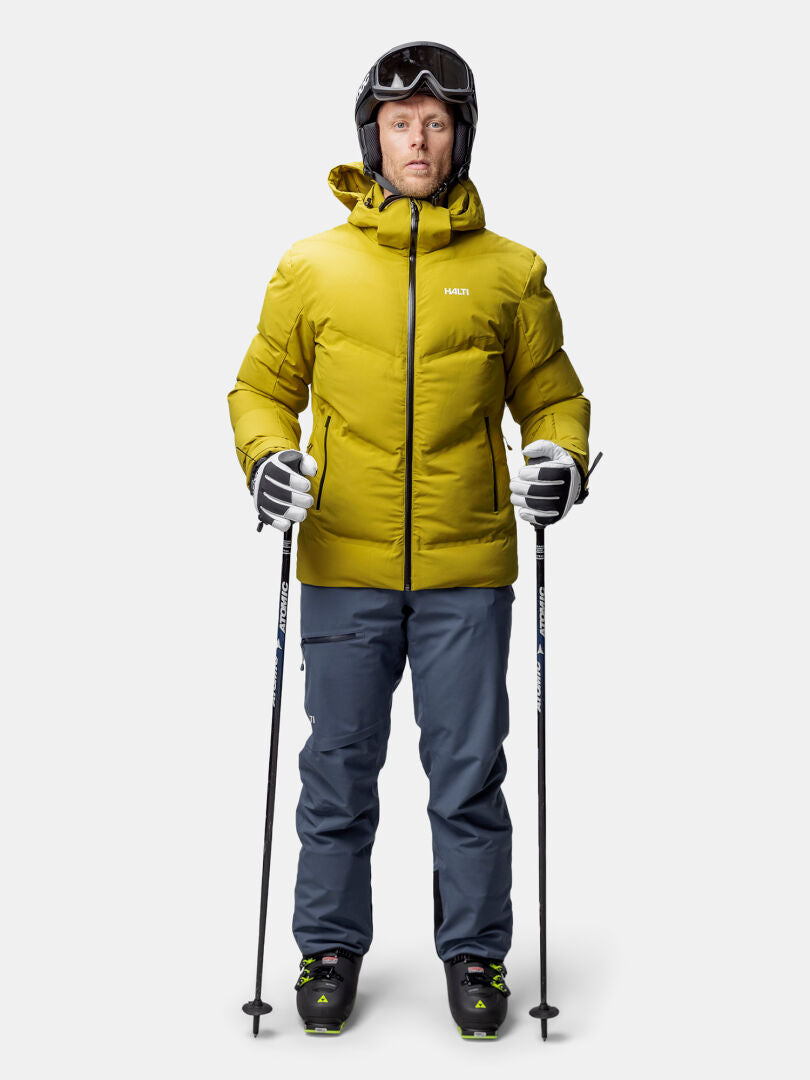
Nordic Arcty II Ski Jacket Men's

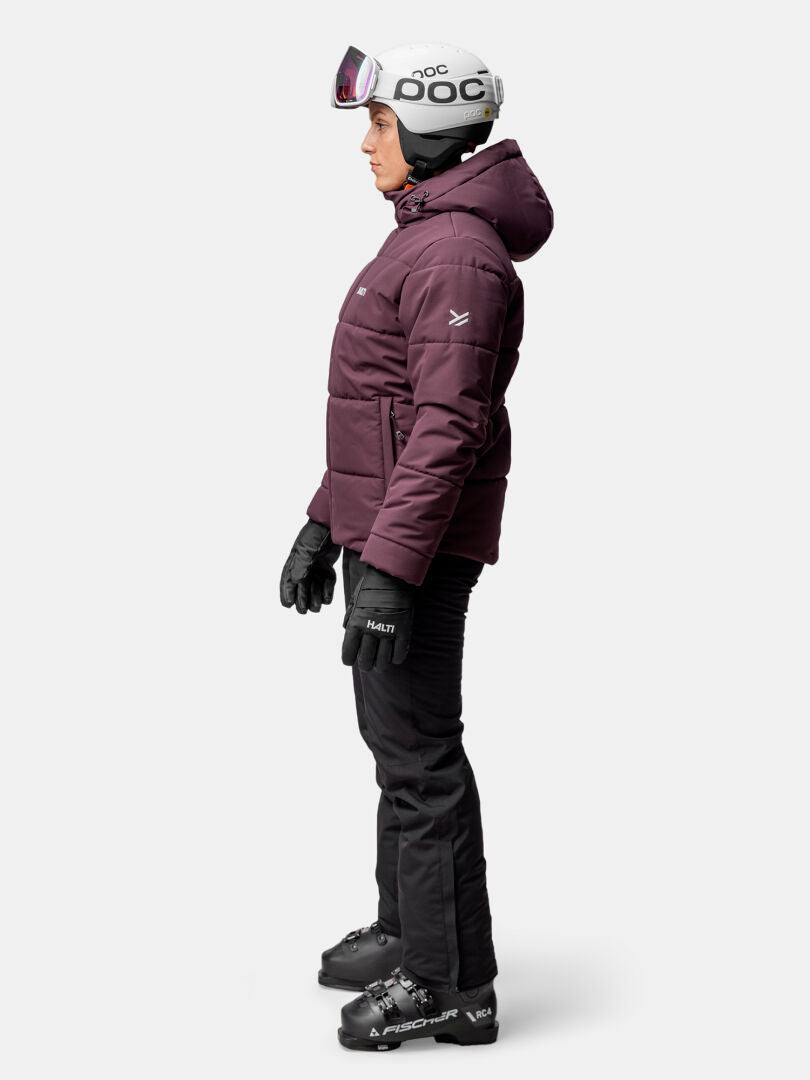
Ascale Puffer Ski Jacket Women's
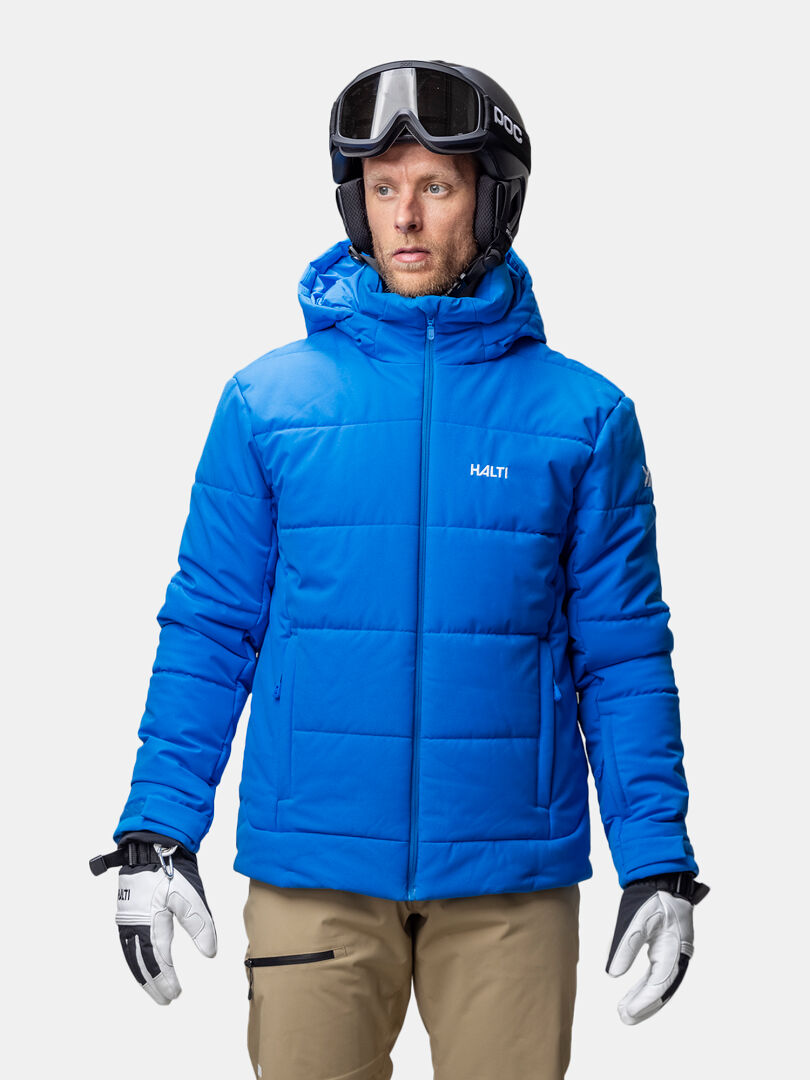
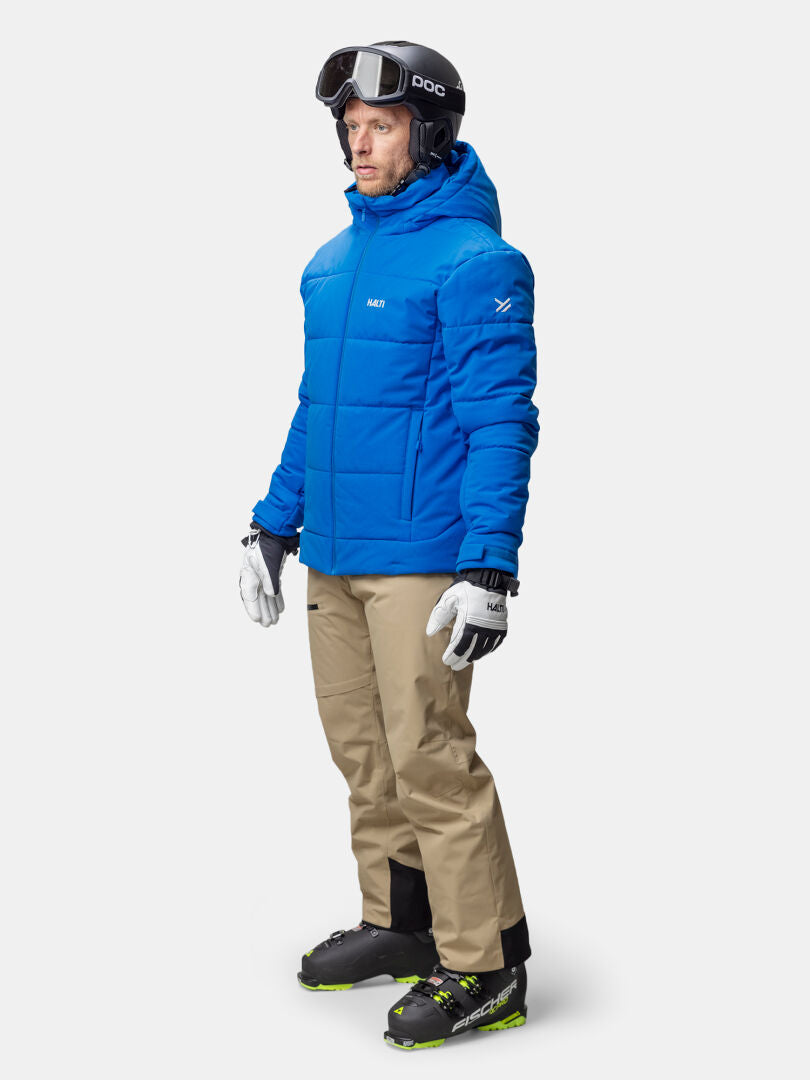
Ascale Puffer Ski Jacket Men's

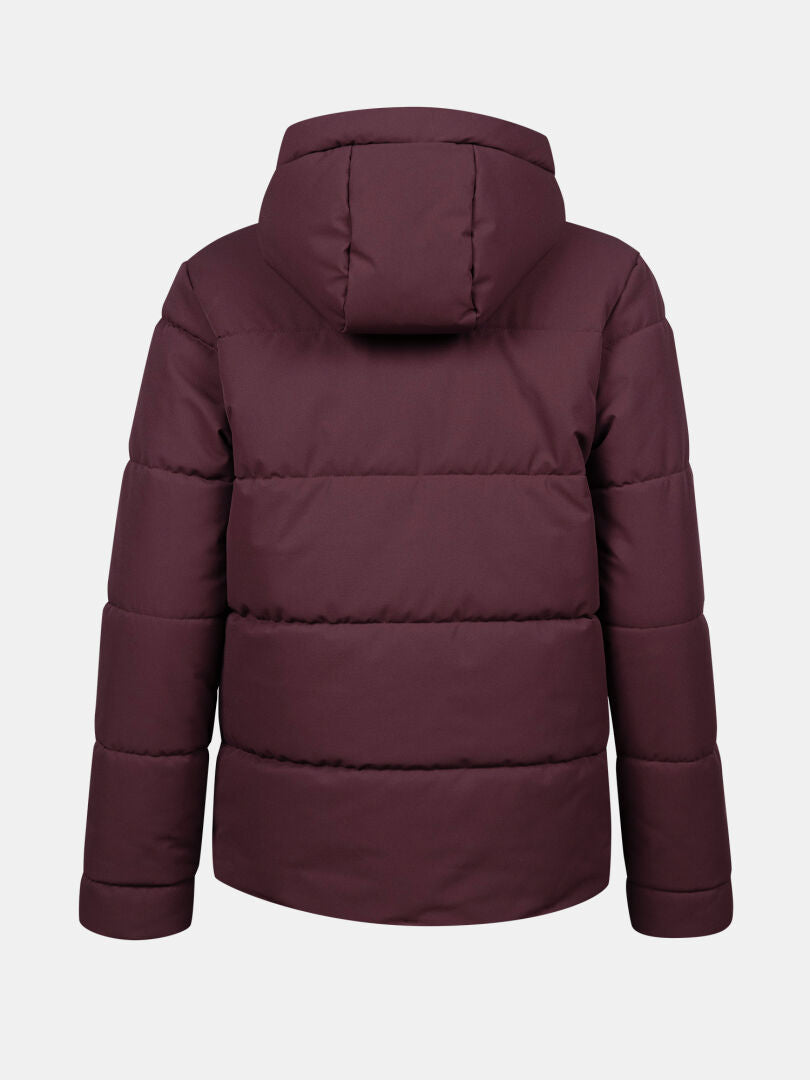
Ascale Plus Puffer Ski Jacket Women's

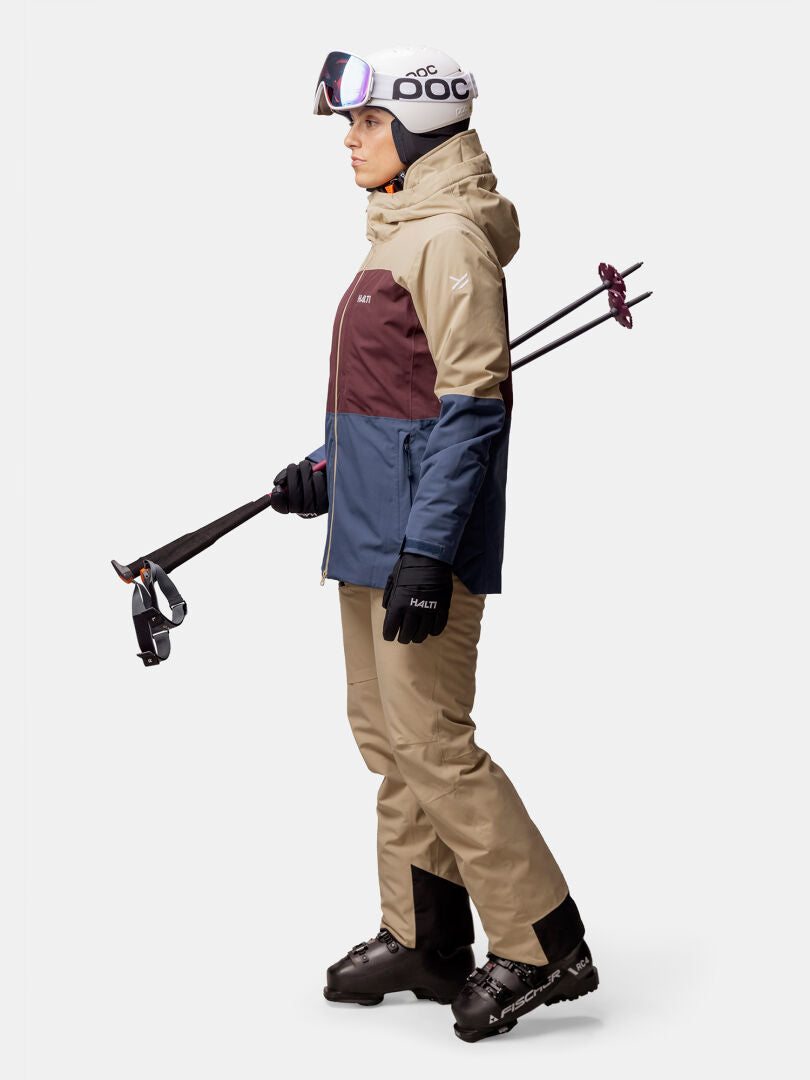
Gracer DX Ski Jacket Women's
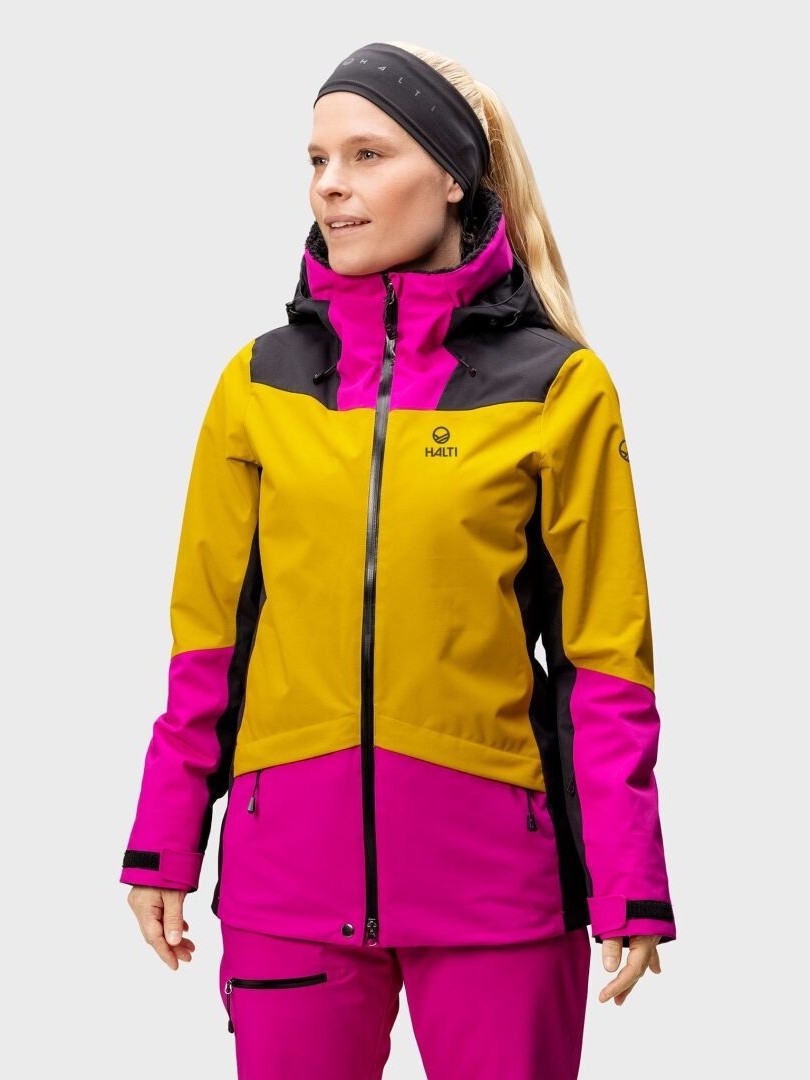
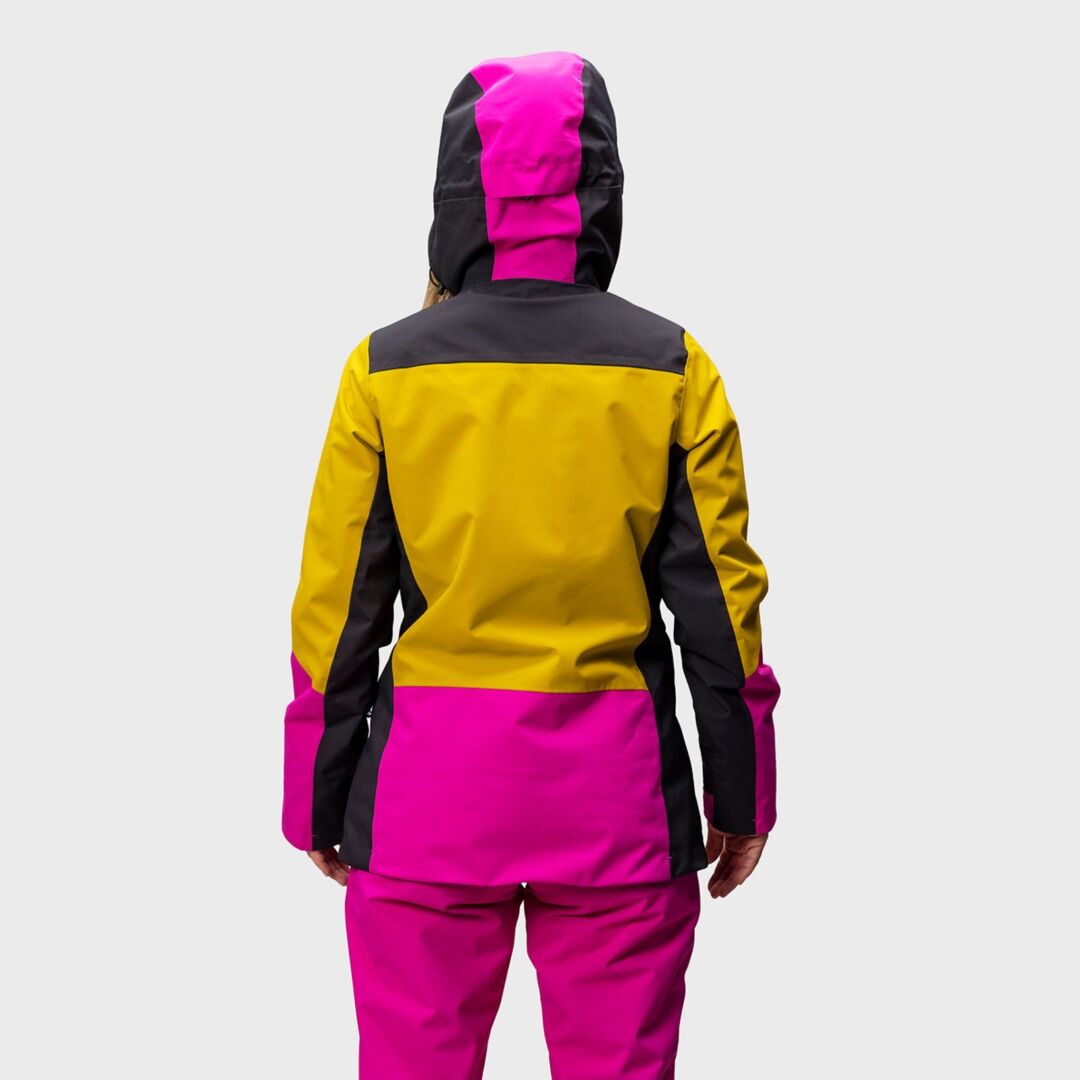
Planker DrymaxX Ski Jacket Women's
5.0 / 5.0
(4) 4 total reviews

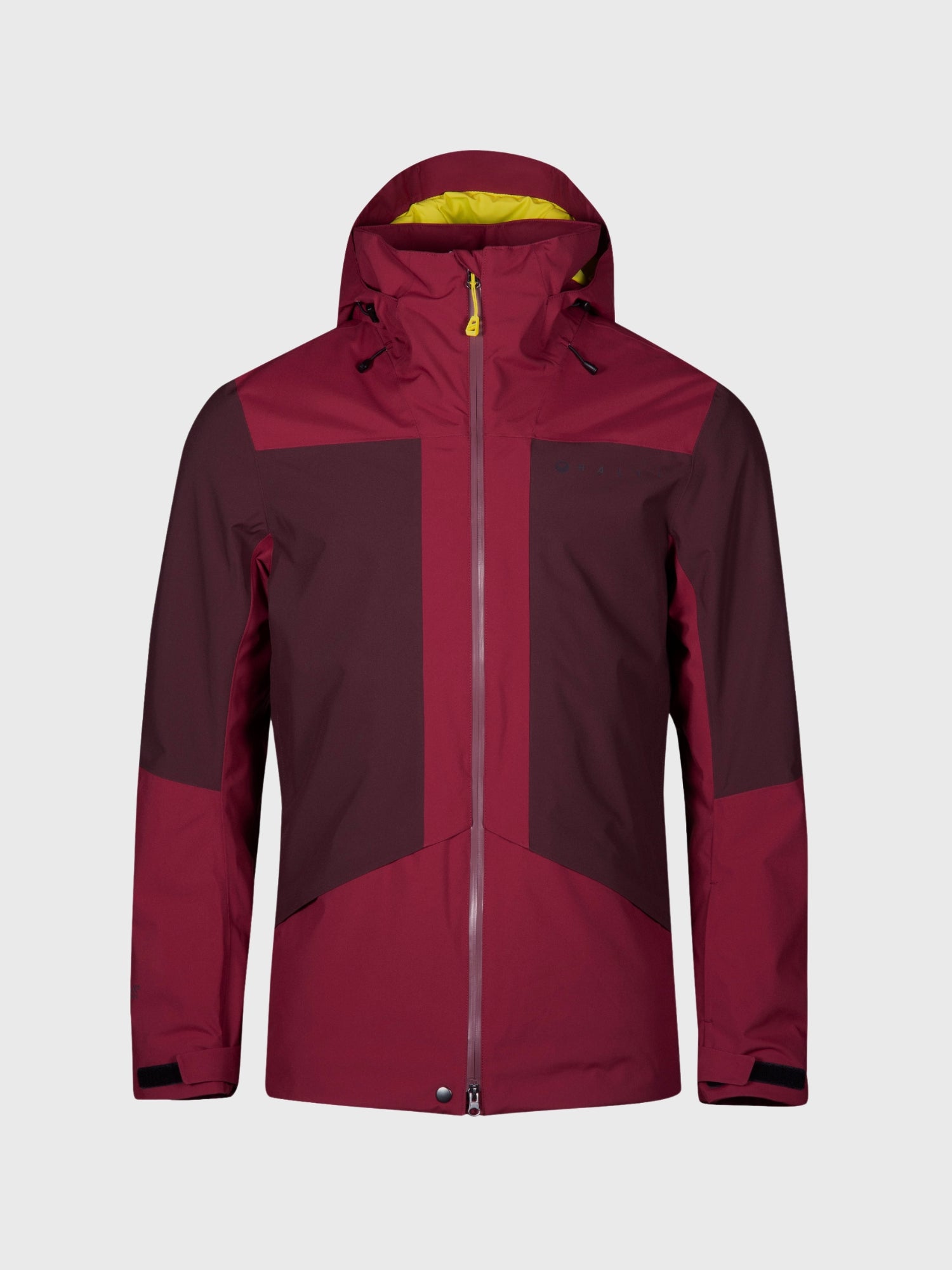
Planker DrymaxX Ski Jacket Men's
Midlayers
The midlayer’s role is to retain warmth and transfer moisture away from the body, keeping you dry and comfortable. A midlayer can be a fleece, a merino wool sweater, or a lightweight insulated jacket — depending on the temperature and your outerwear.
Layers are easy to adjust during the day: add warmth during breaks, and remove layers during climbs or sunny weather. With shell clothing, a midlayer is almost always necessary, but with insulated ski jackets, you can choose a lighter or skip it entirely.


Huippu Down Jacket Men’s


Huippu Hybrid Down Jacket Women's


Thermel Layer Jacket Women's
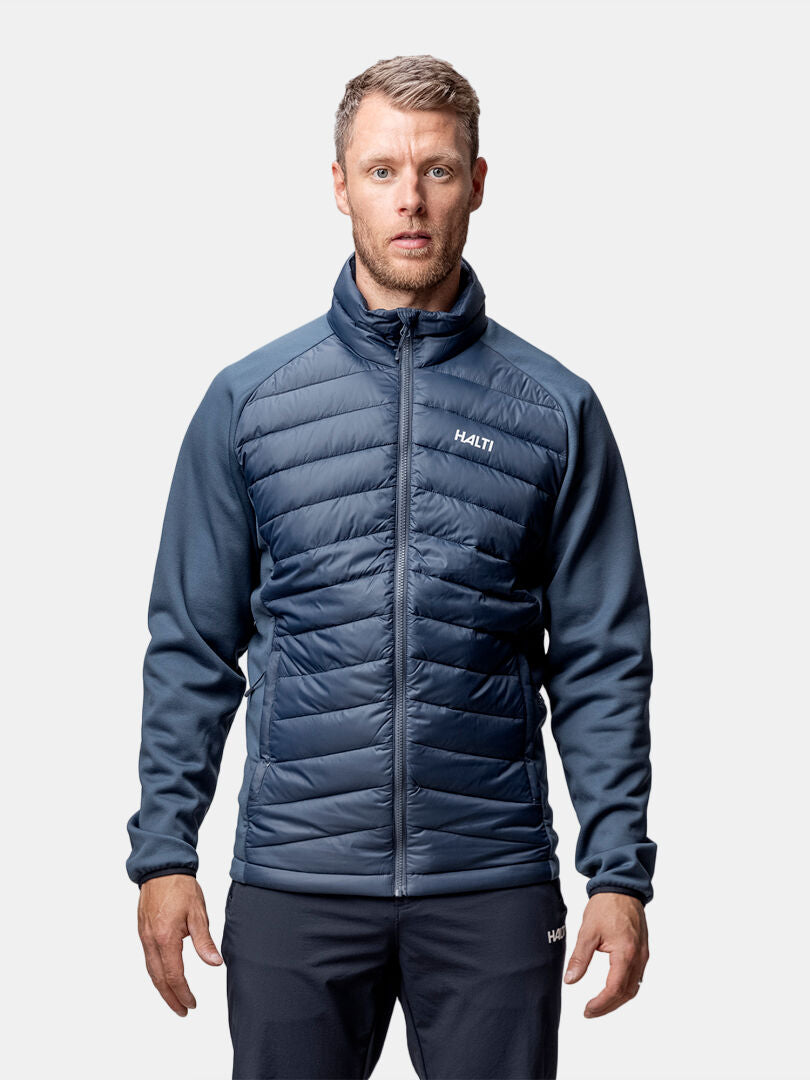

Huippu Hybrid Down Jacket Men's


Lumista Polar Fleece Jacket Men's
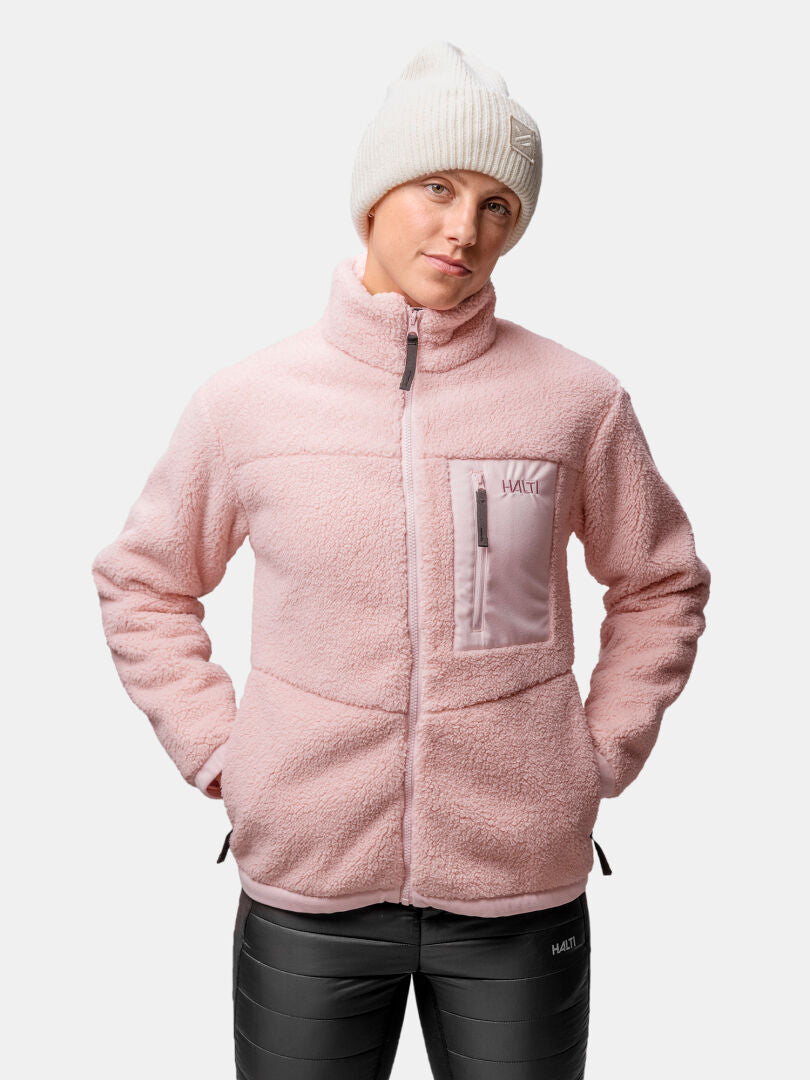

Lumista Polar Fleece Jacket Women's
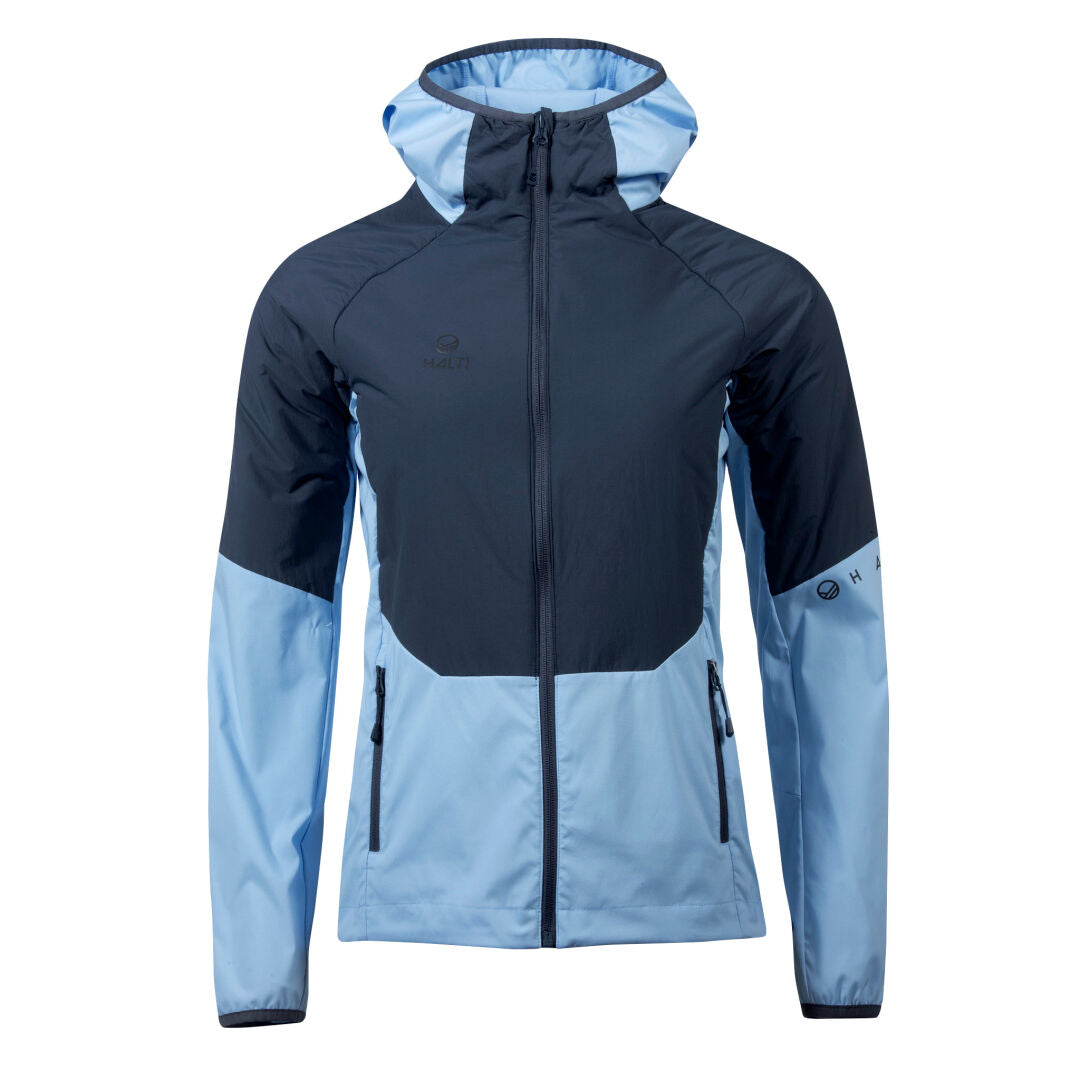

Crust Women's Layer Jacket


Crust Men's Layer Jacket
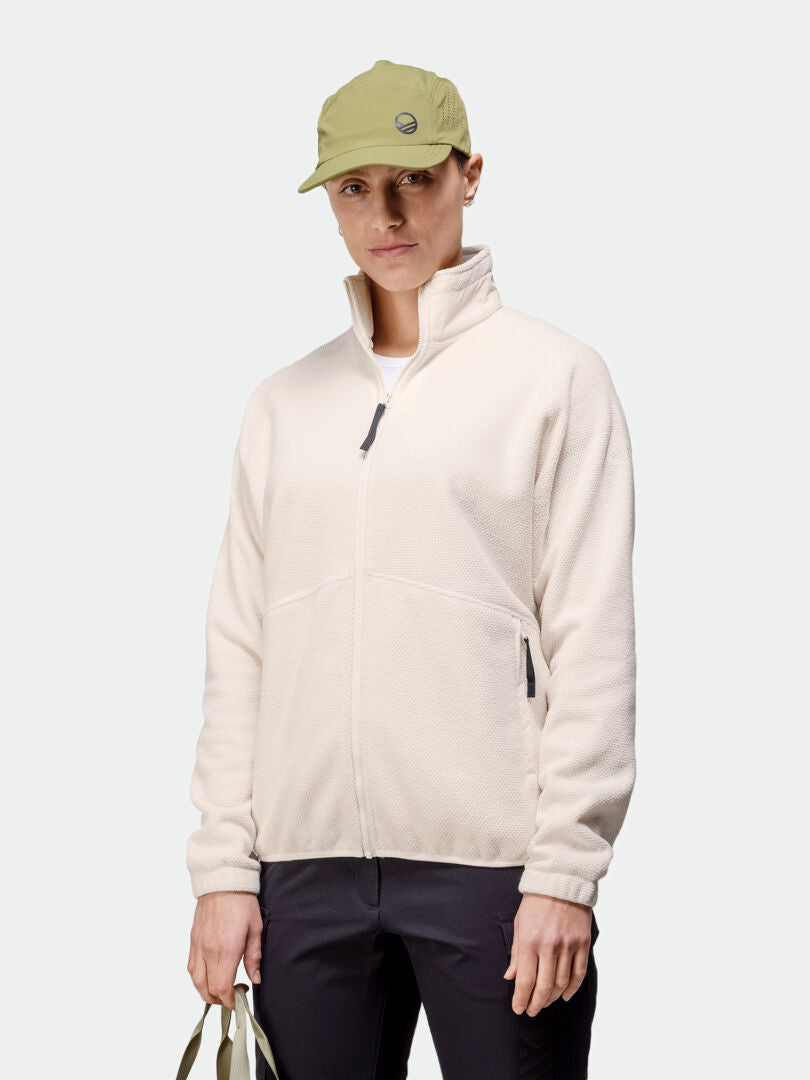
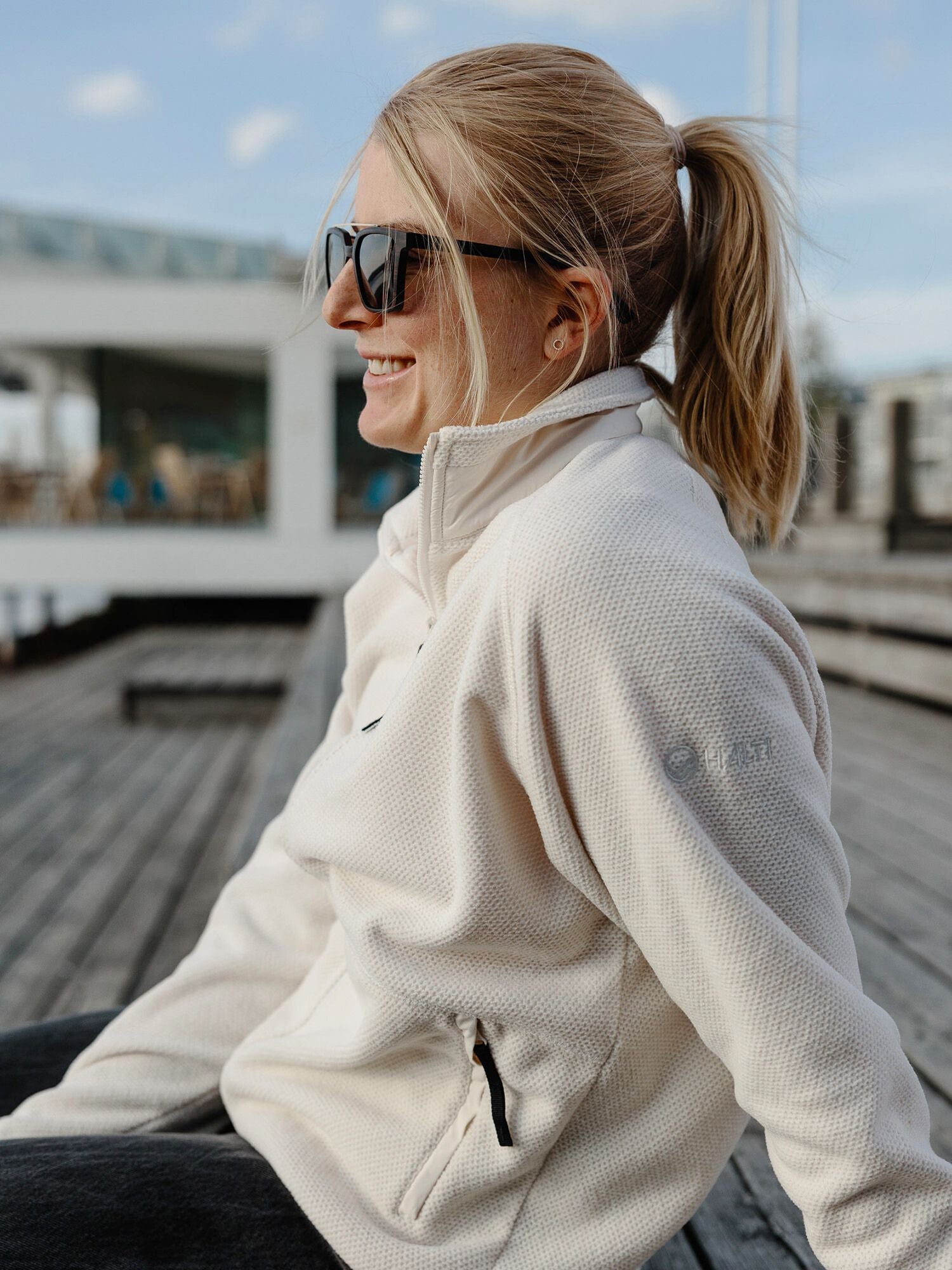
Soolo Layer Jacket Women's


Soolo Layer Jacket Men's
5.0 / 5.0
(1) 1 total reviews
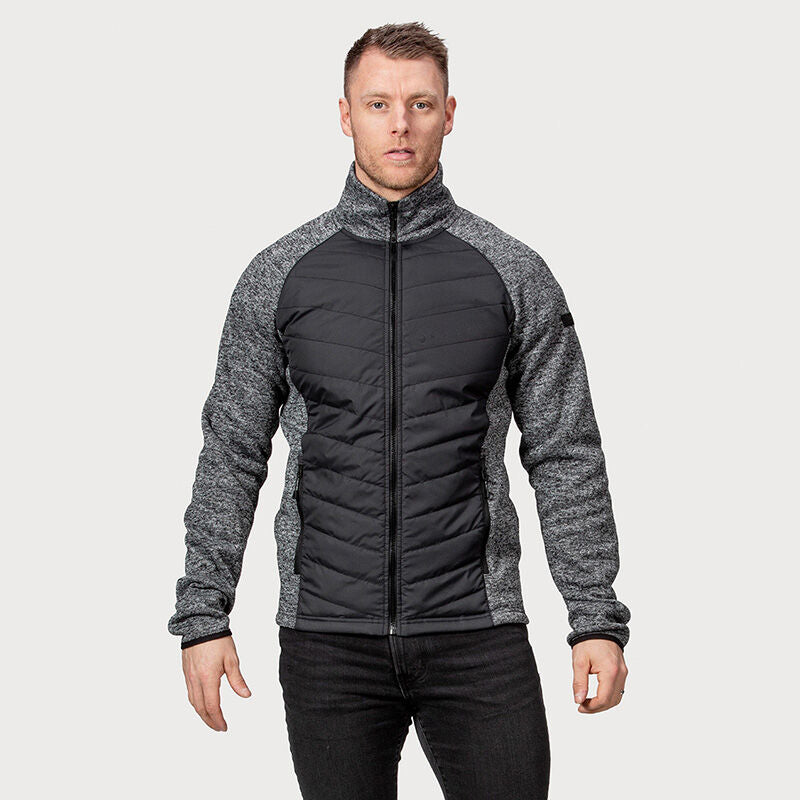

Streams Hybrid Layer Jacket Men's
5.0 / 5.0
(1) 1 total reviews
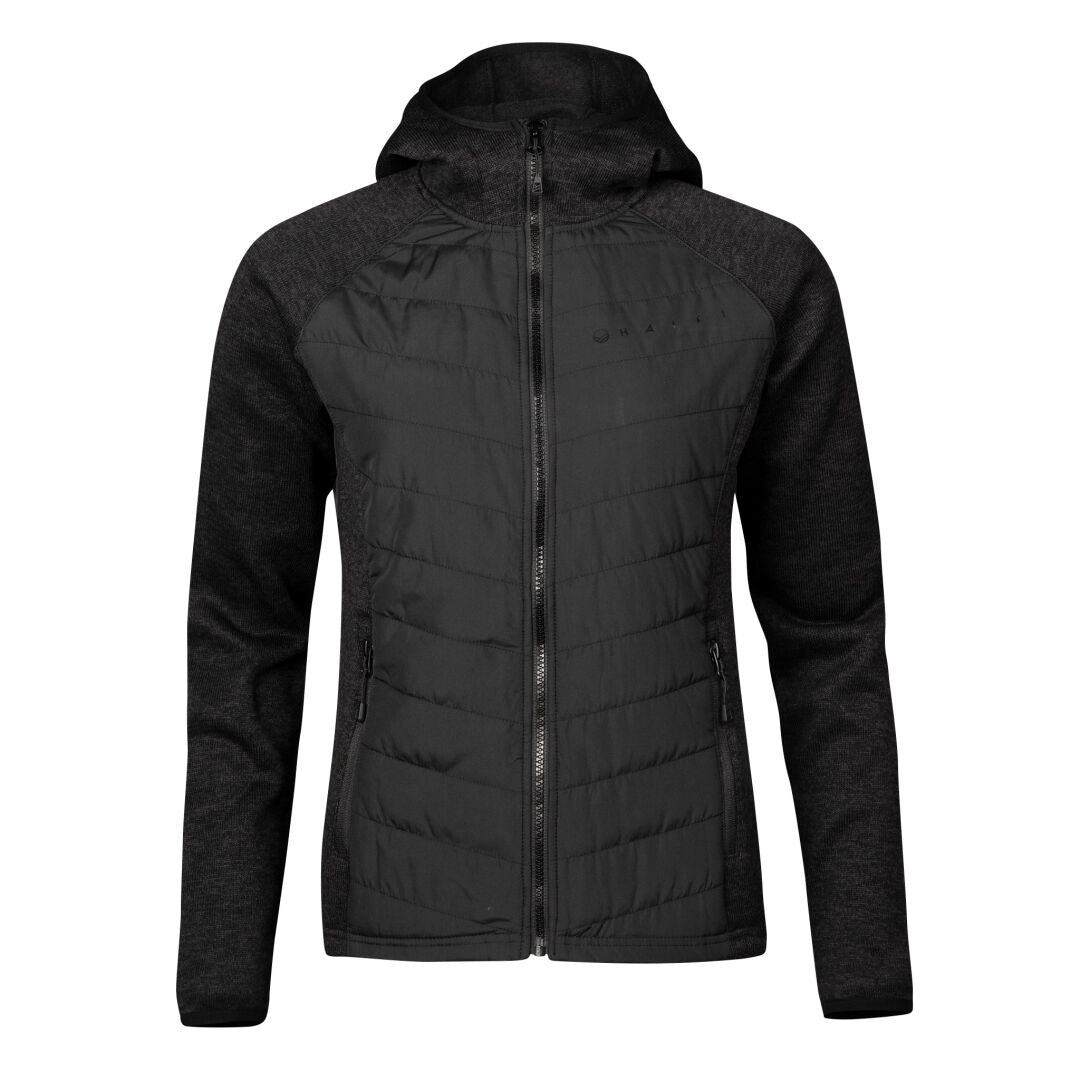

Streams Hybrid Layer Jacket Women's


Rockmoon Fleece Jacket Women's Plus

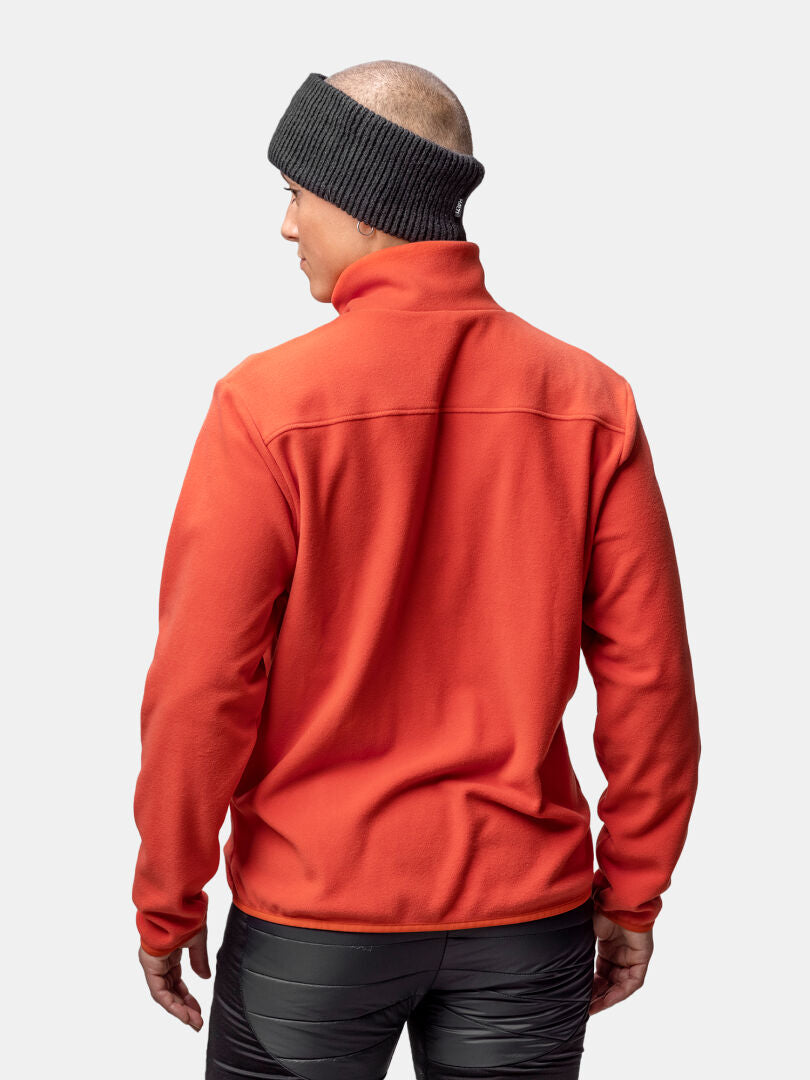
Rockmoon Fleece Jacket Women's


Rockmoon Fleece Jacket Men's
Baselayer
The base layer sits closest to your skin and its main function is to wick moisture away efficiently. A good base layer keeps your skin dry and prevents you from getting cold even when sweating.
Choose between merino wool and technical synthetic materials based on your preferences:
- Merino wool is natural, warm, and breathable — ideal for more relaxed skiing days.
- Technical materials dry quickly and are excellent for active use, such as ski touring.
Avoid cotton, as it absorbs moisture and makes your skin feel cold.

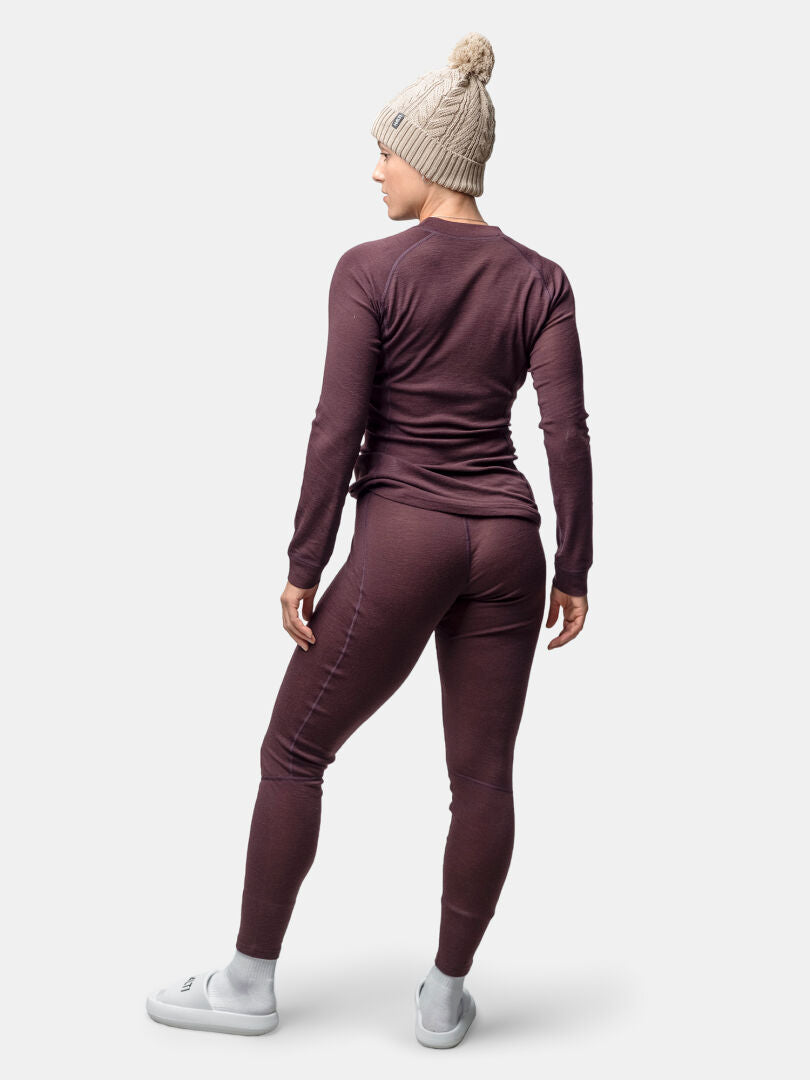
Hossa II Merino Base Layer Set Women's
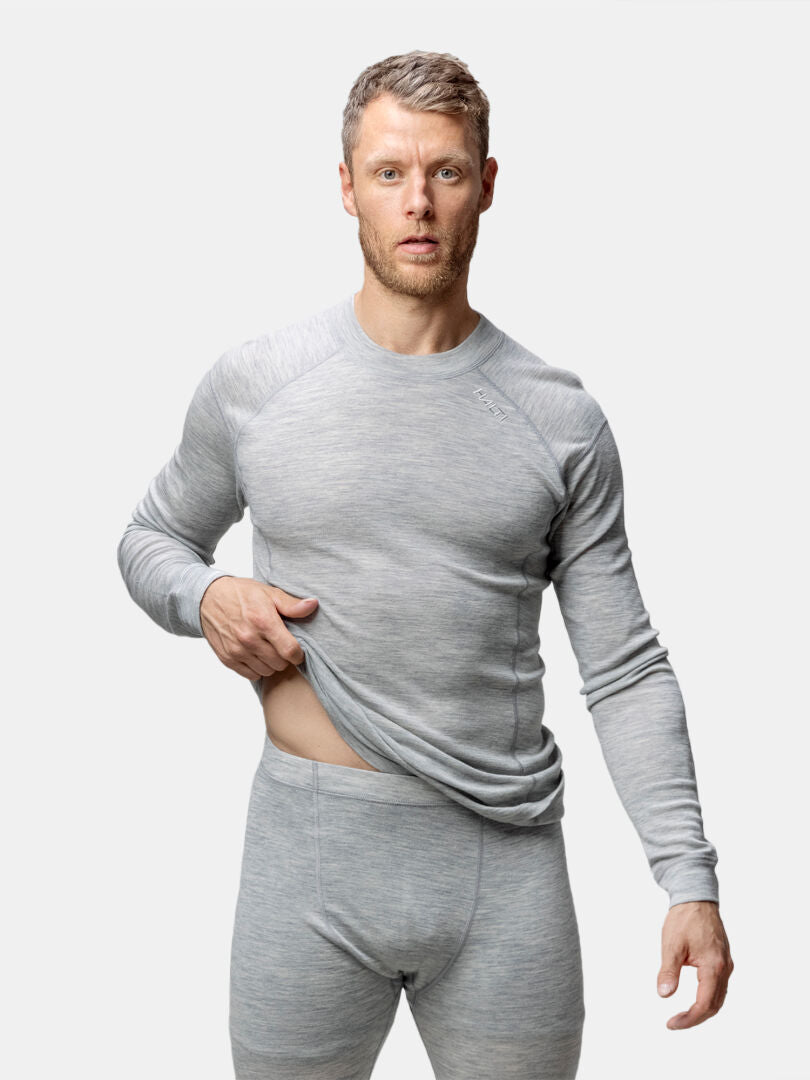

Hossa II Merino Base Layer Set Men's
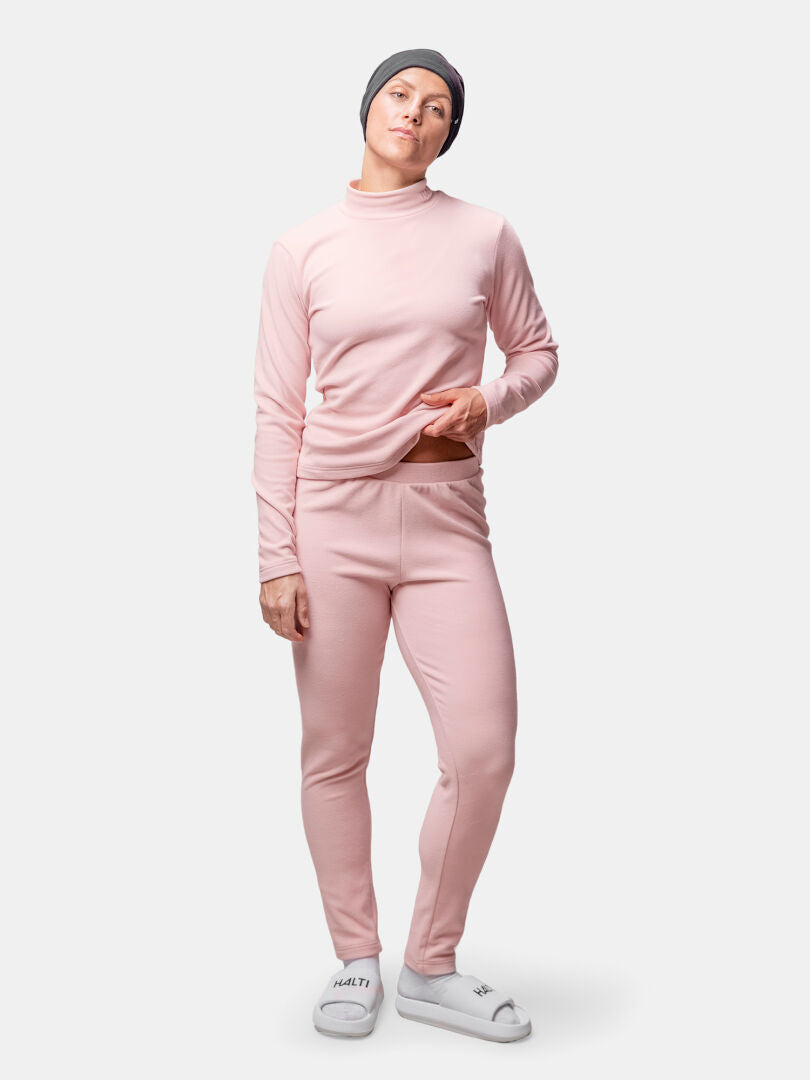
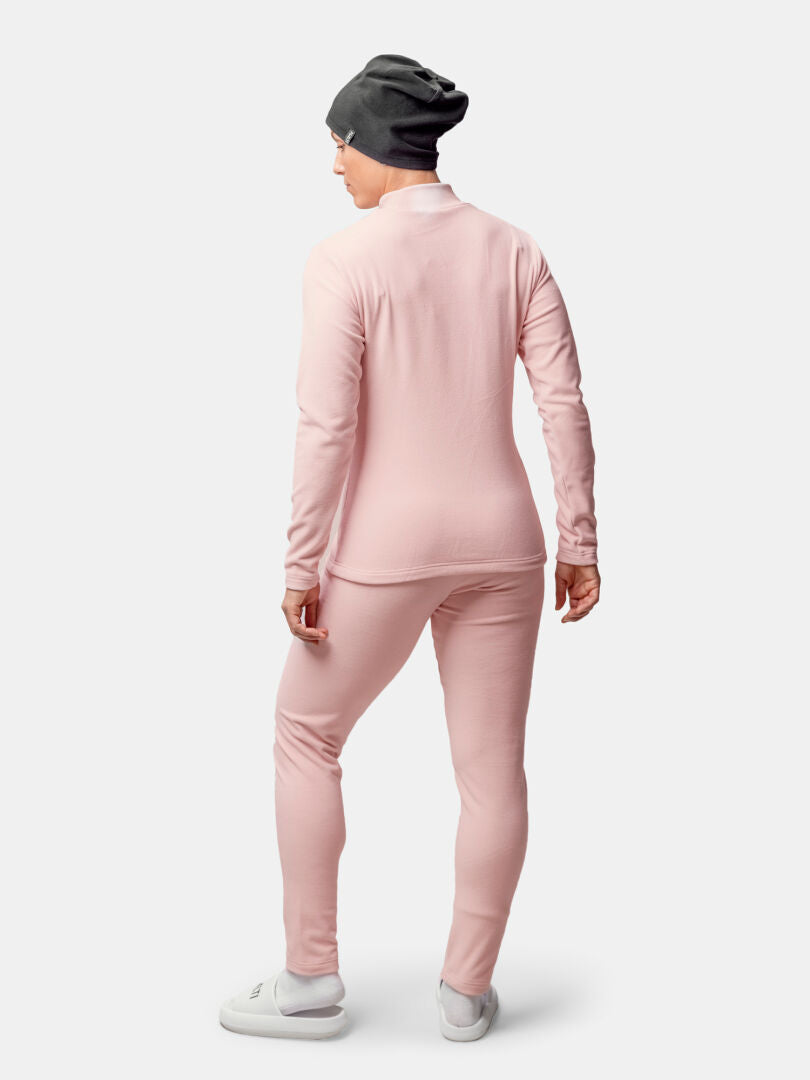
Trone Fleece Shirt Women's
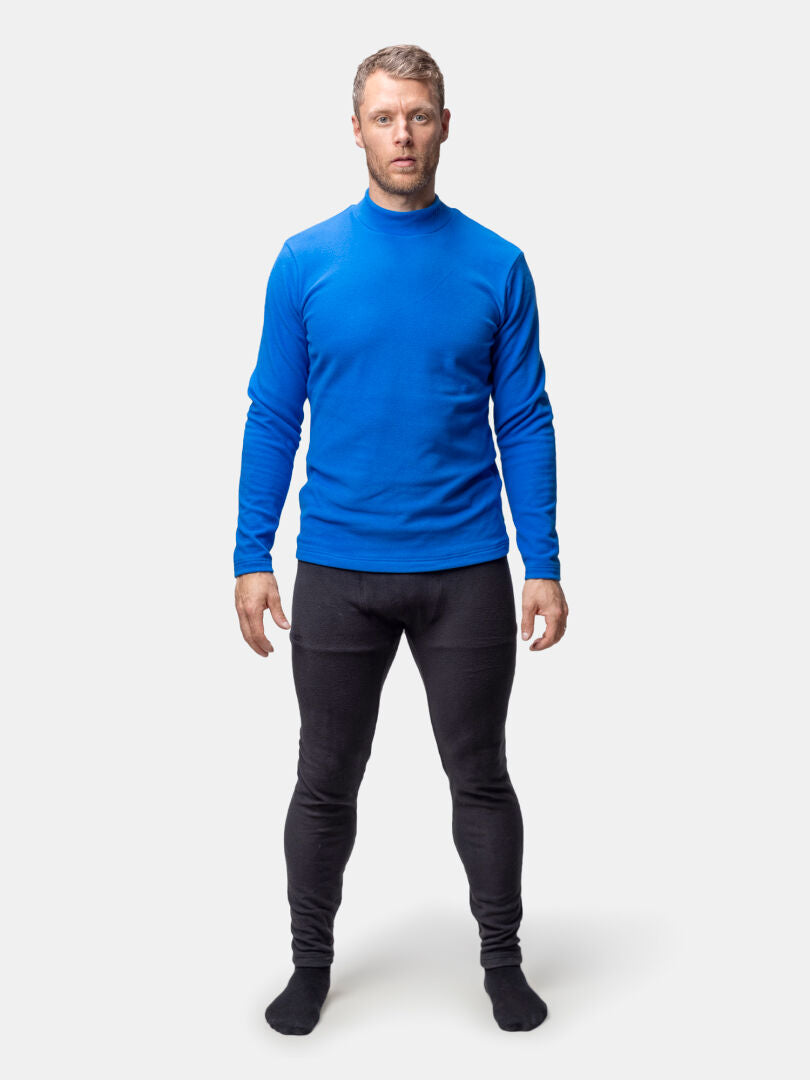

Trone Fleece Shirt Men's


Trone Fleece Pants Men's


Trone Fleece Pants Women's
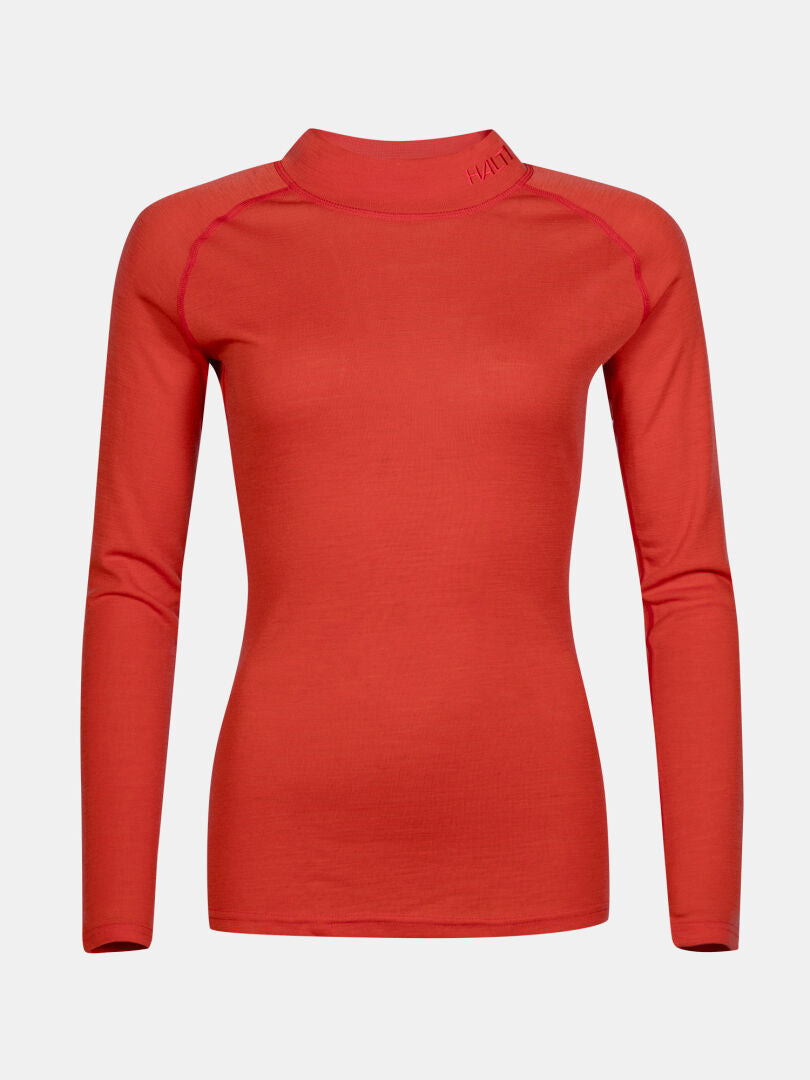

Neva Merino Base Layer Set Women's


Pihka II Merino Baselayer Shirt Men's

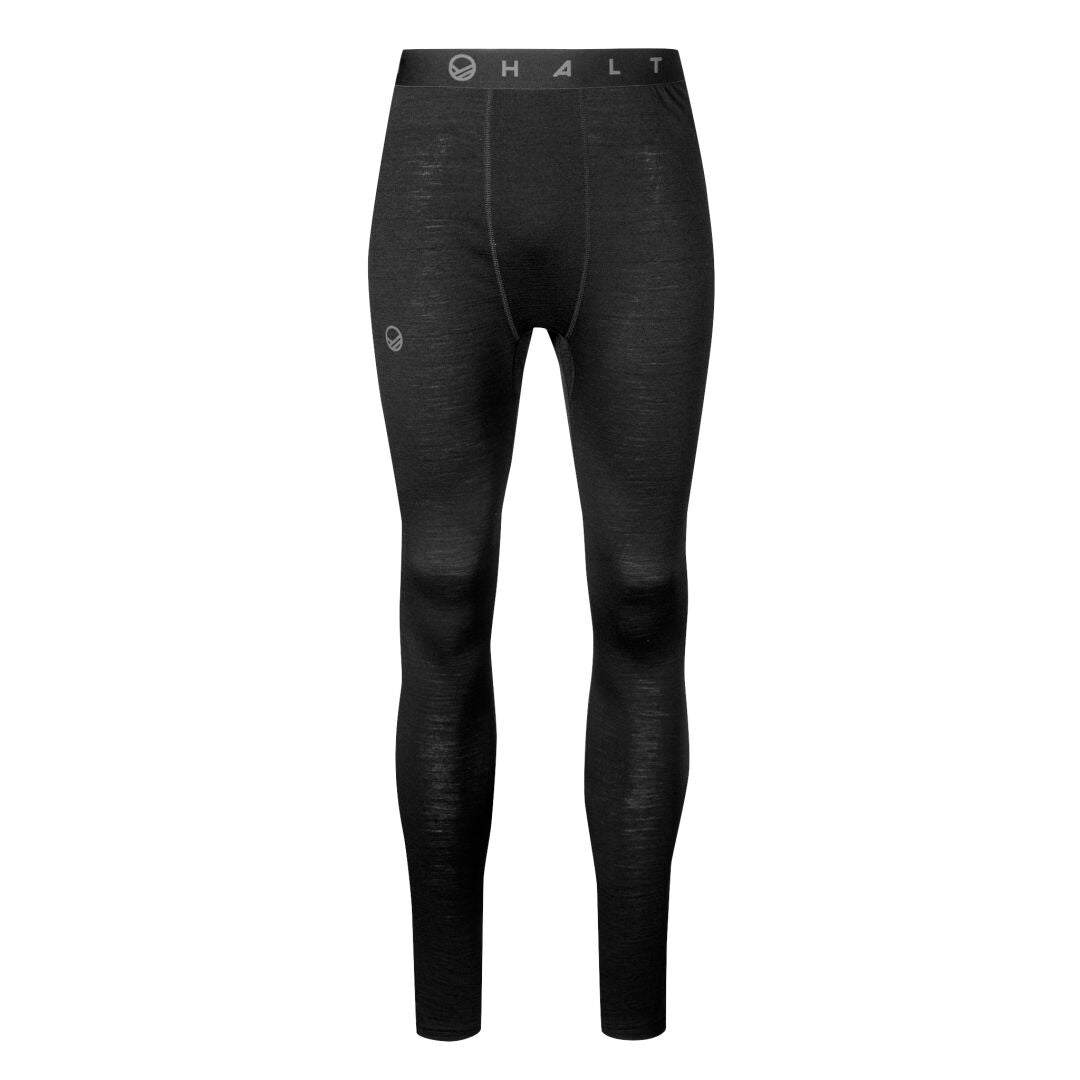
Pihka II Merino Baselayer Pants Men's

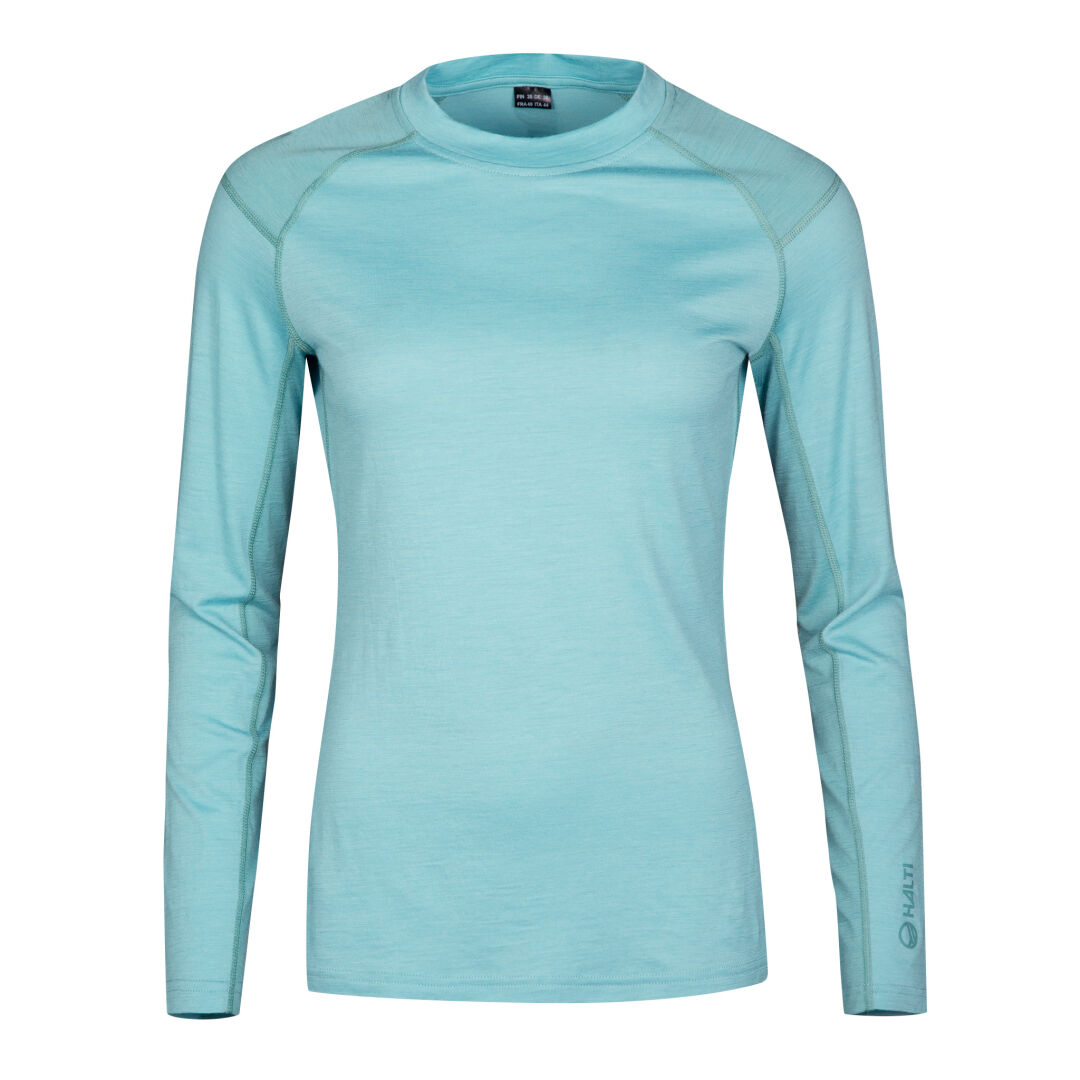
Pihka II Merino Baselayer Shirt Women's
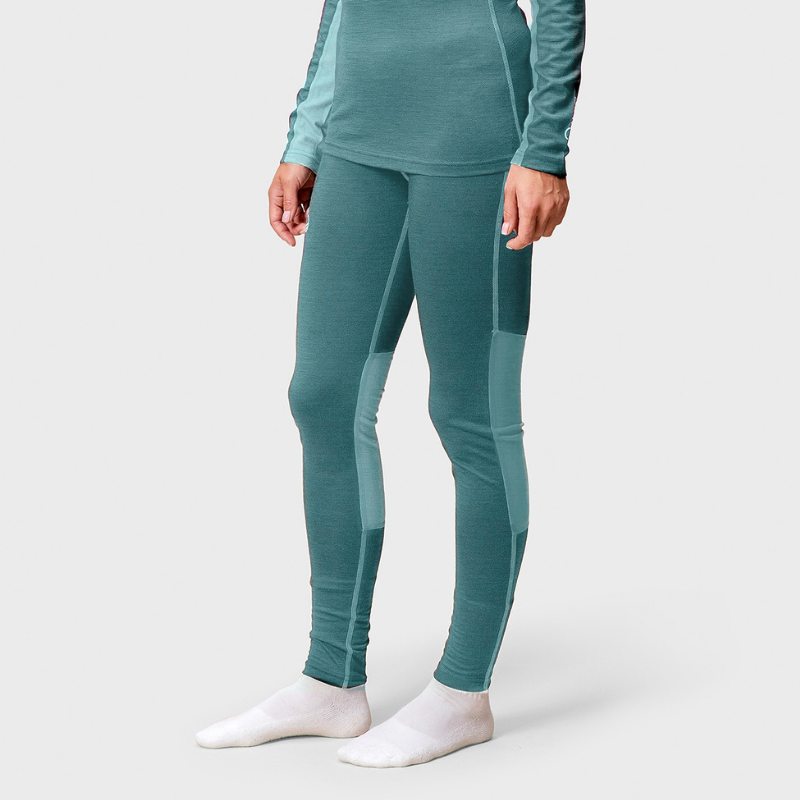
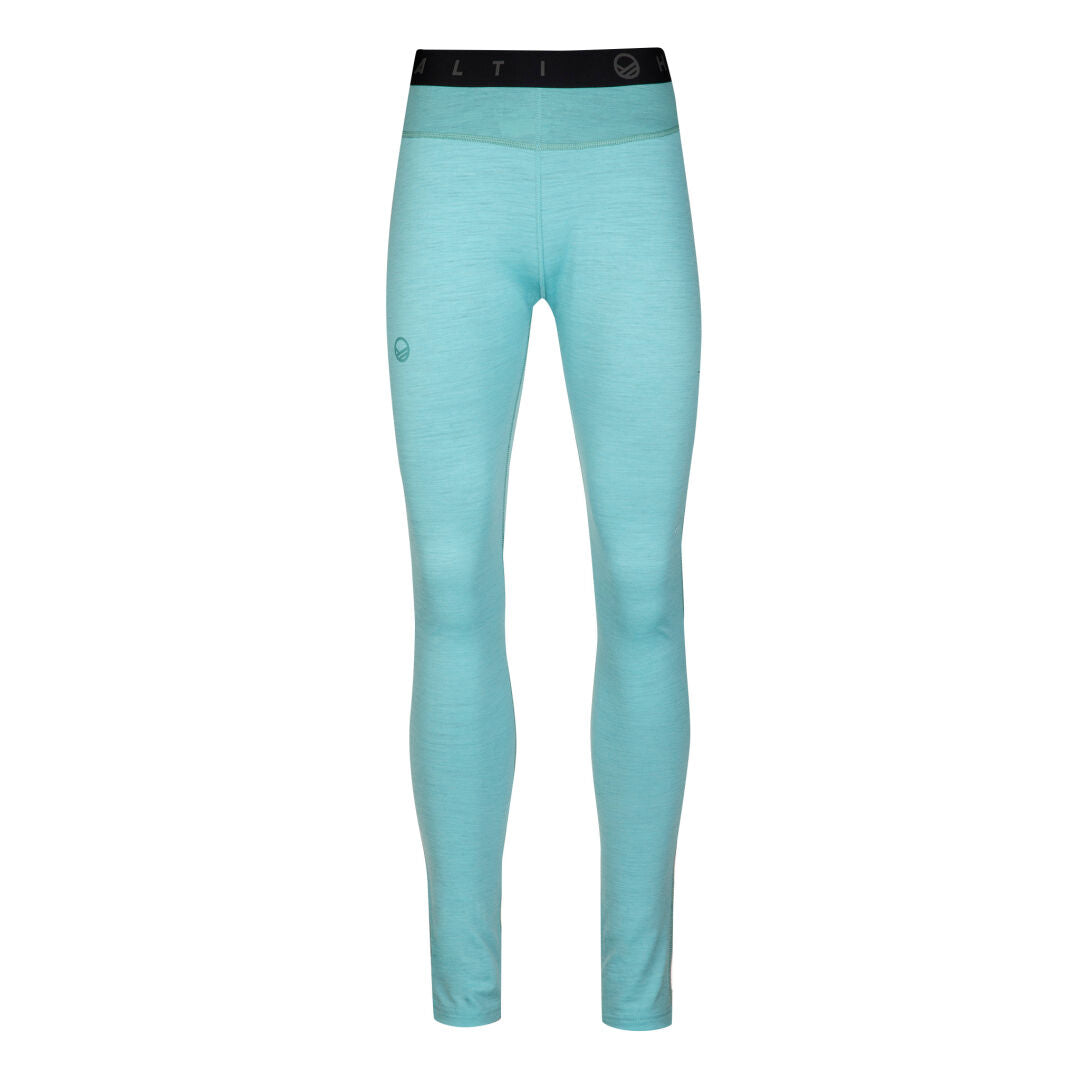
Pihka II Merino Baselayer Pants Women's
Accessories

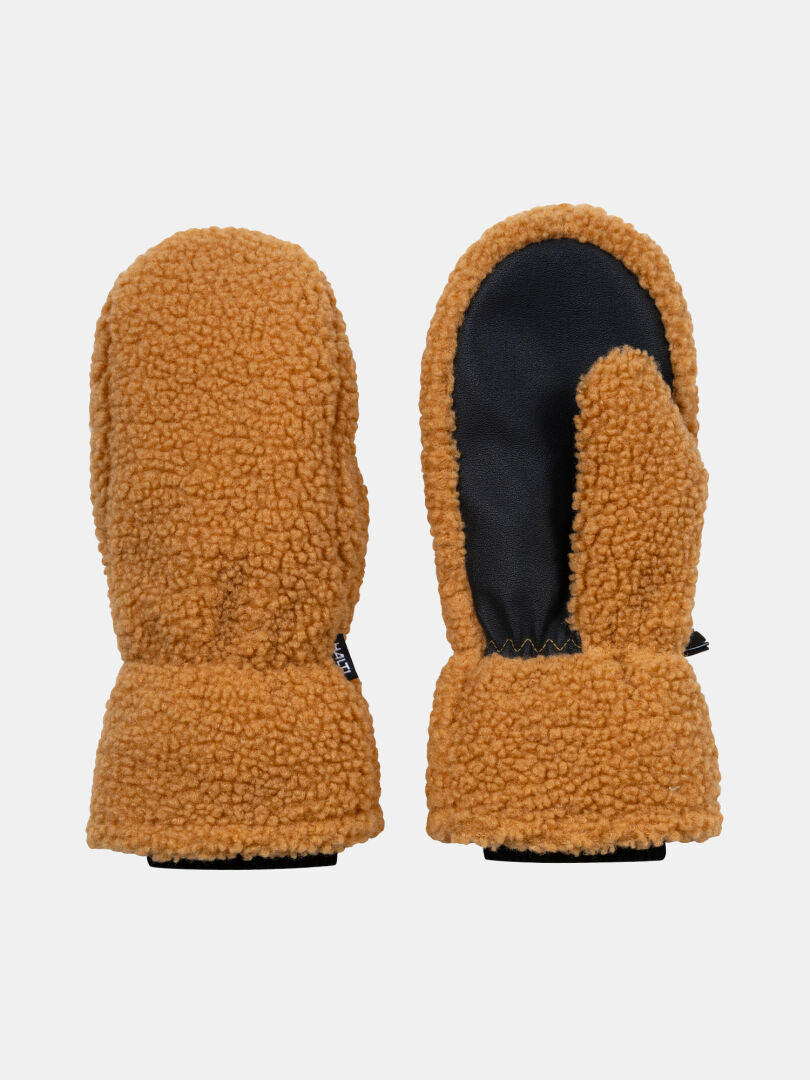
Lykky Fleece Mittens
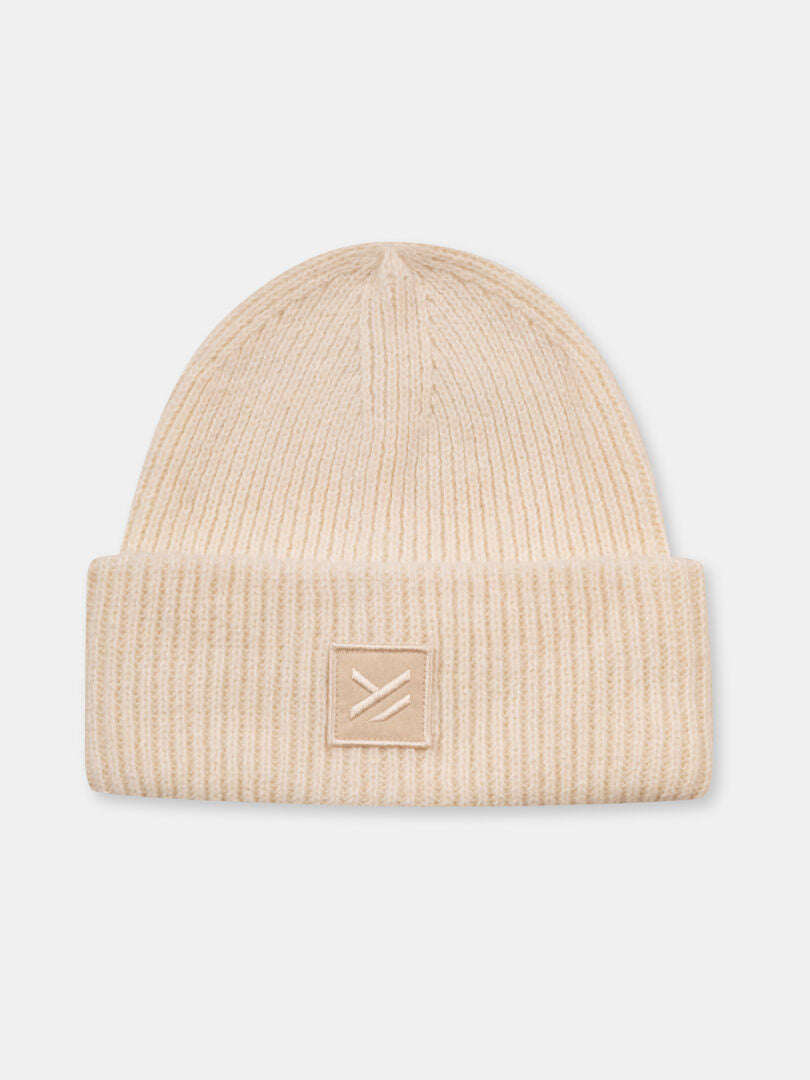
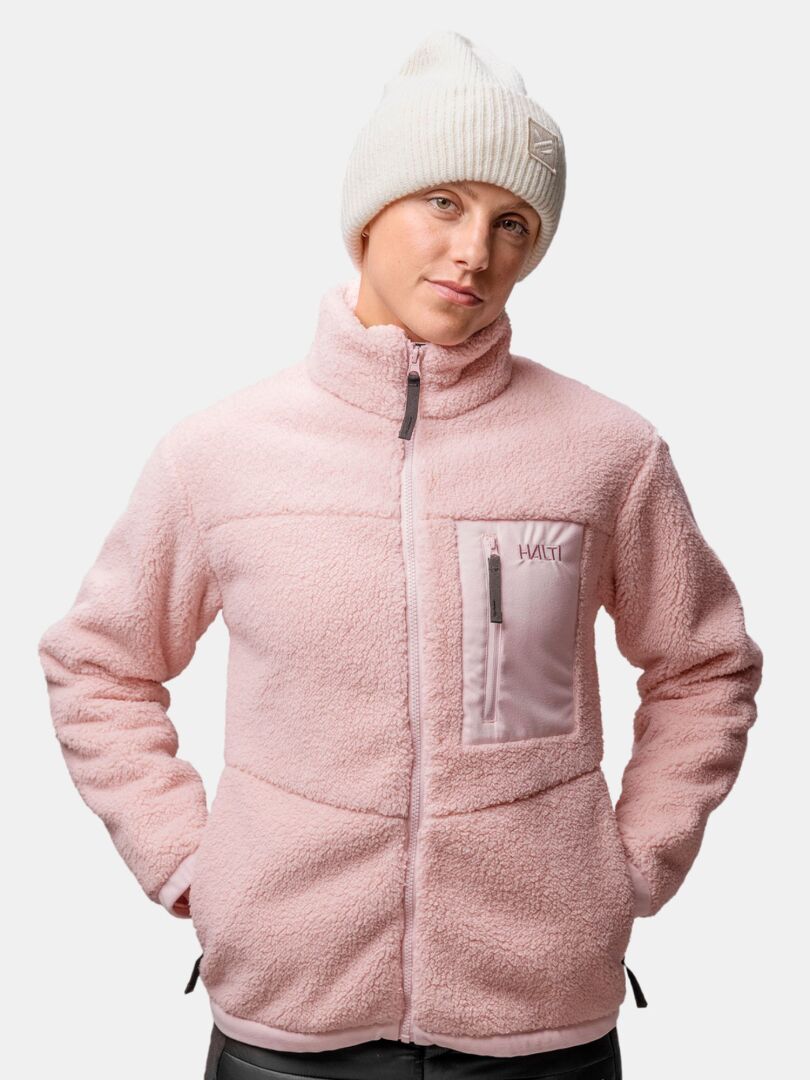
Huurre Beanie

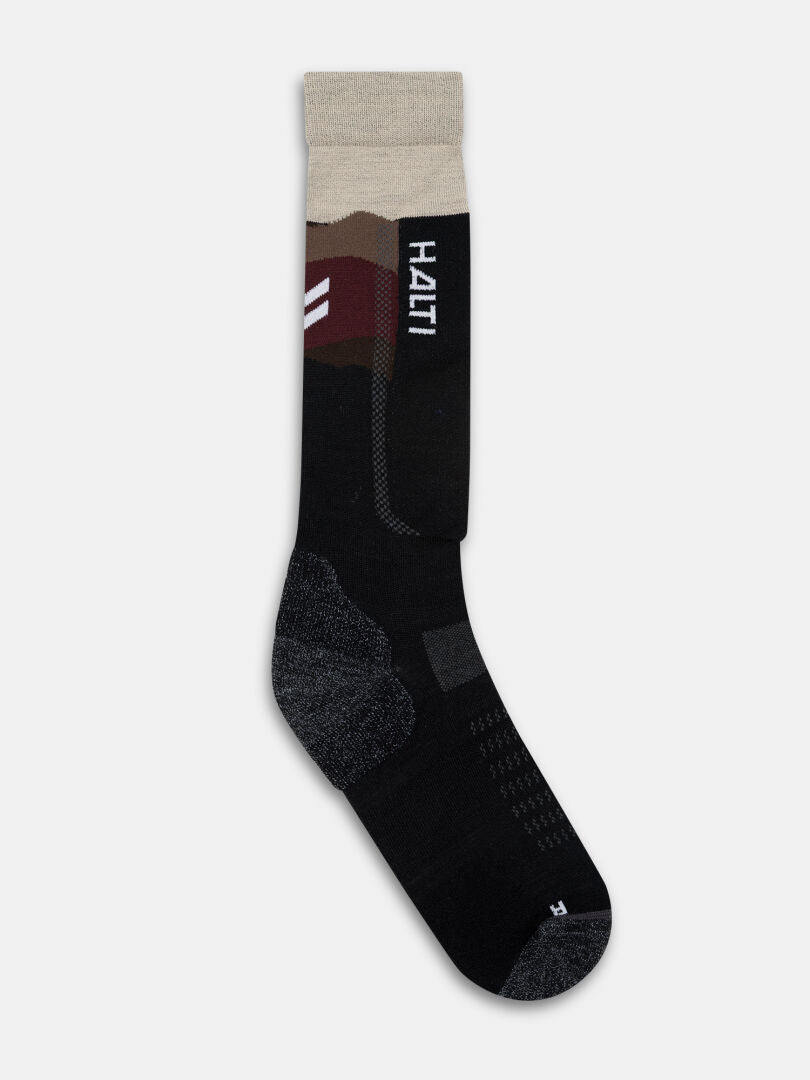
Tunturit Ski Socks
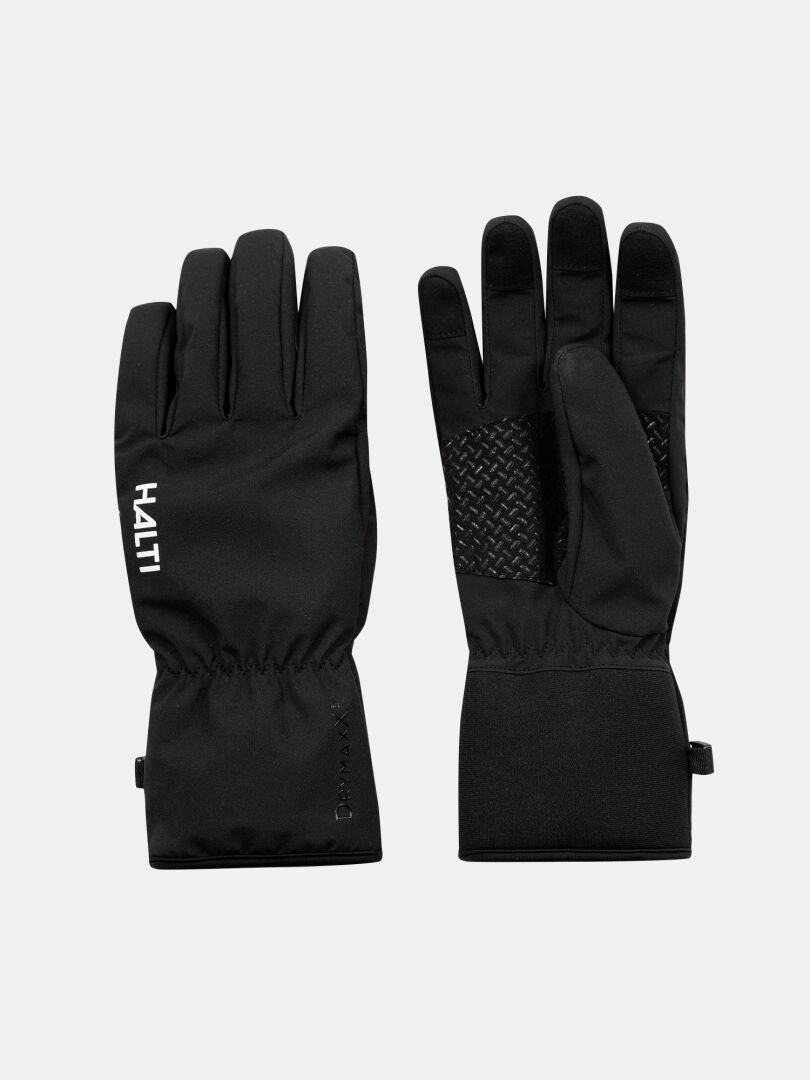
Sumu DX Gloves

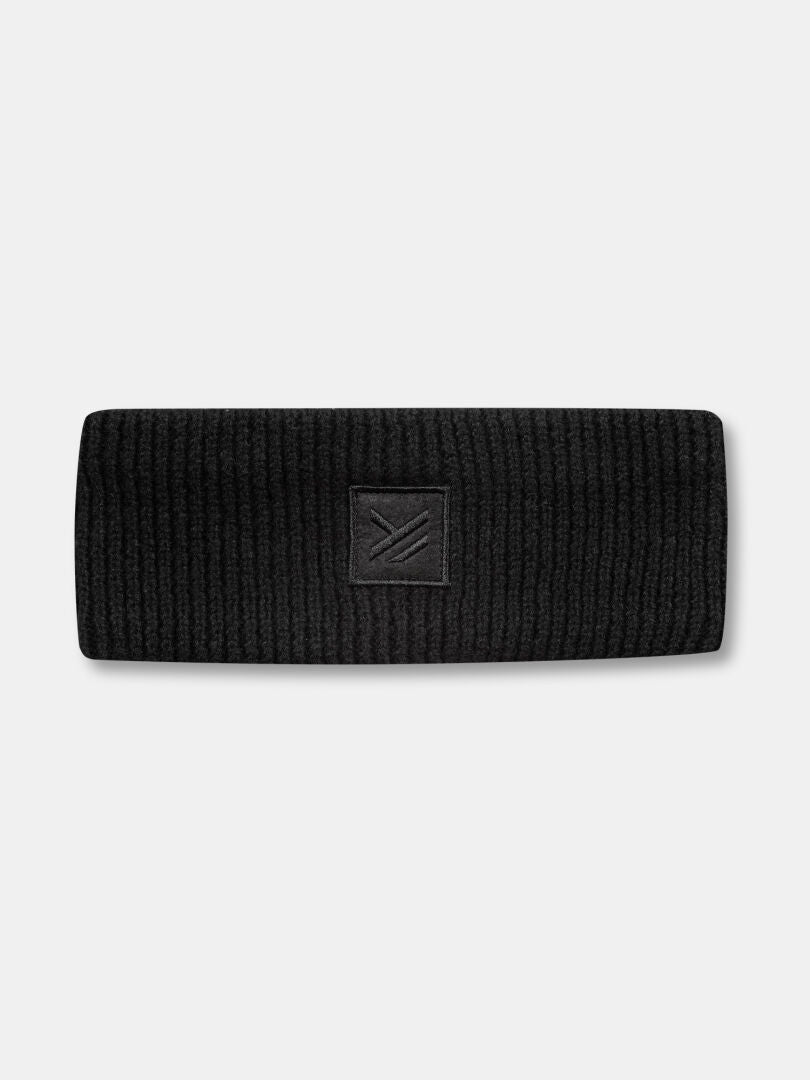
Huurre Headband
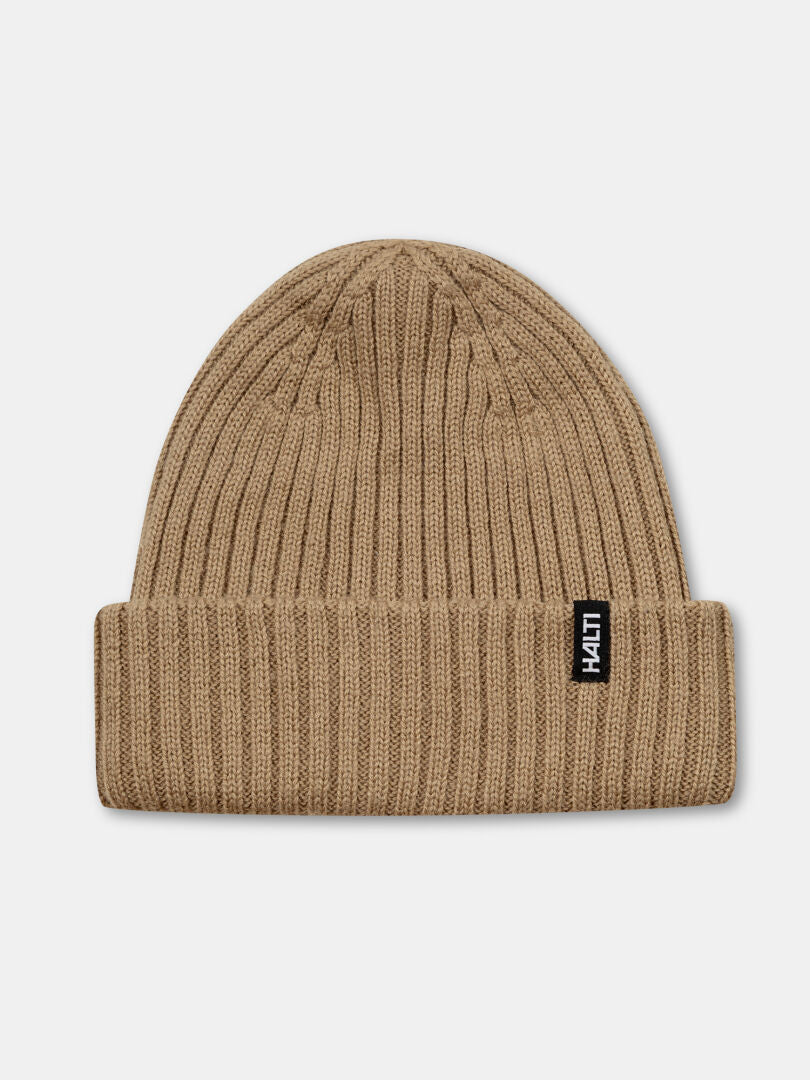

Runko Beanie


Merino Wool Socks, 2-pack
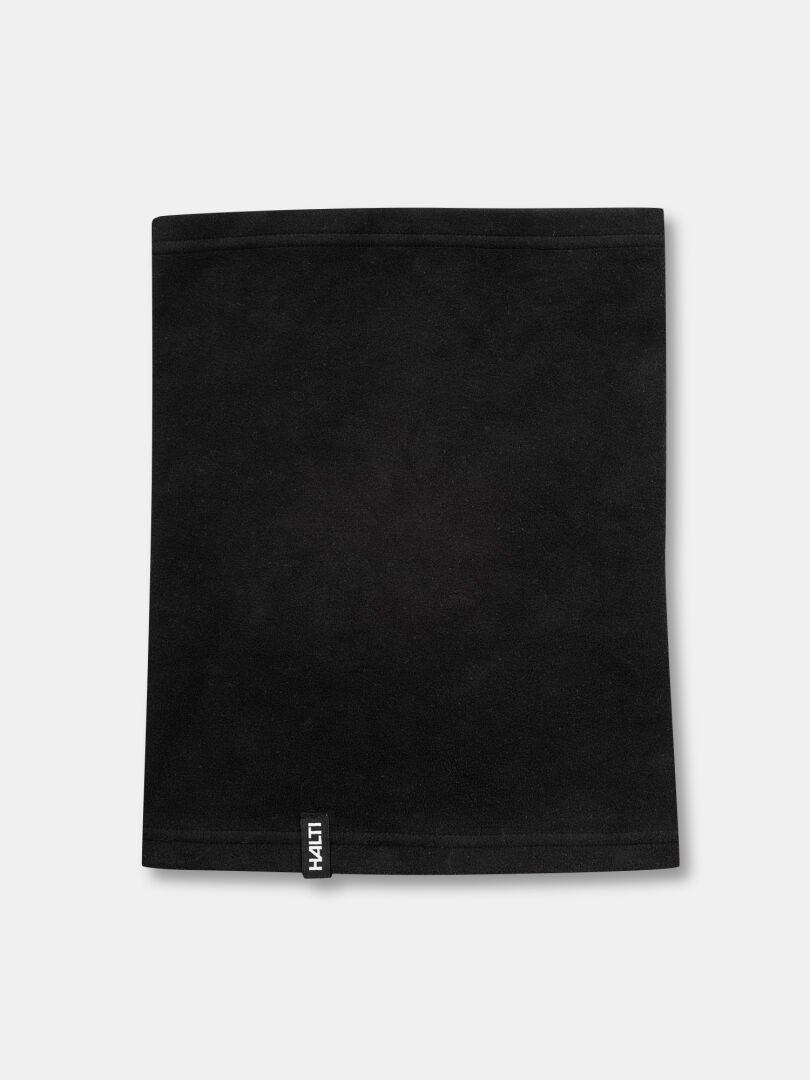

Trone Tube Scarf Fleece

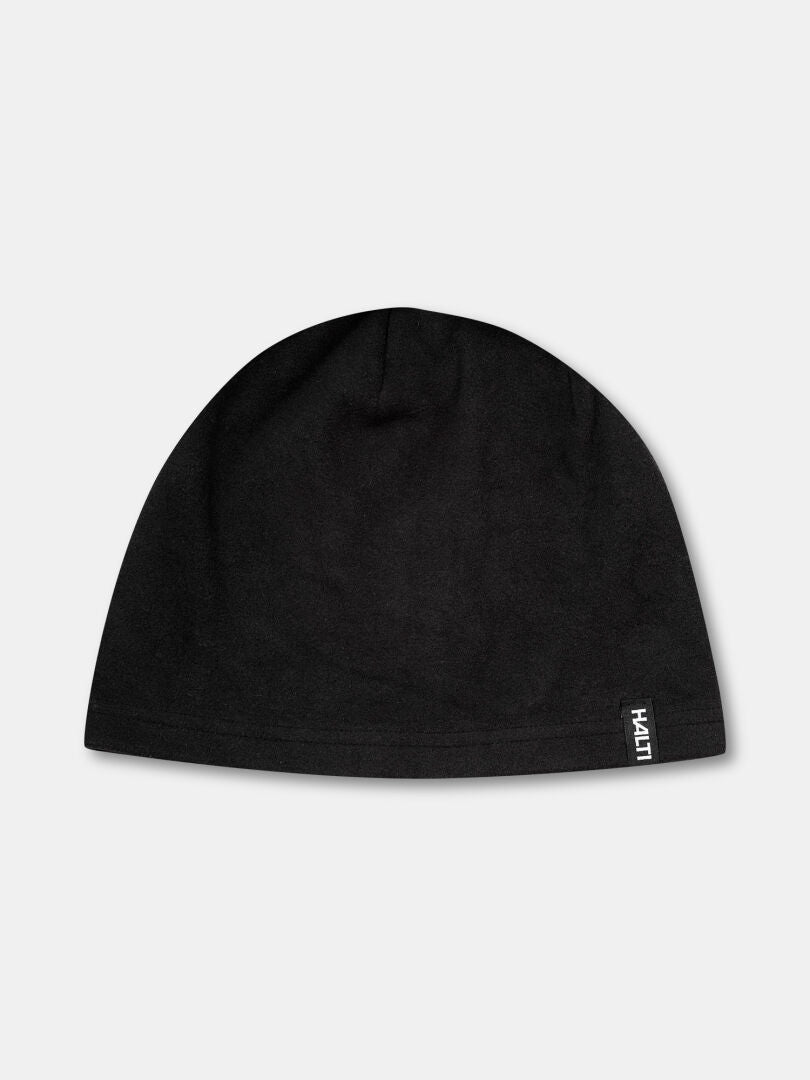
Trone Fleece Beanie

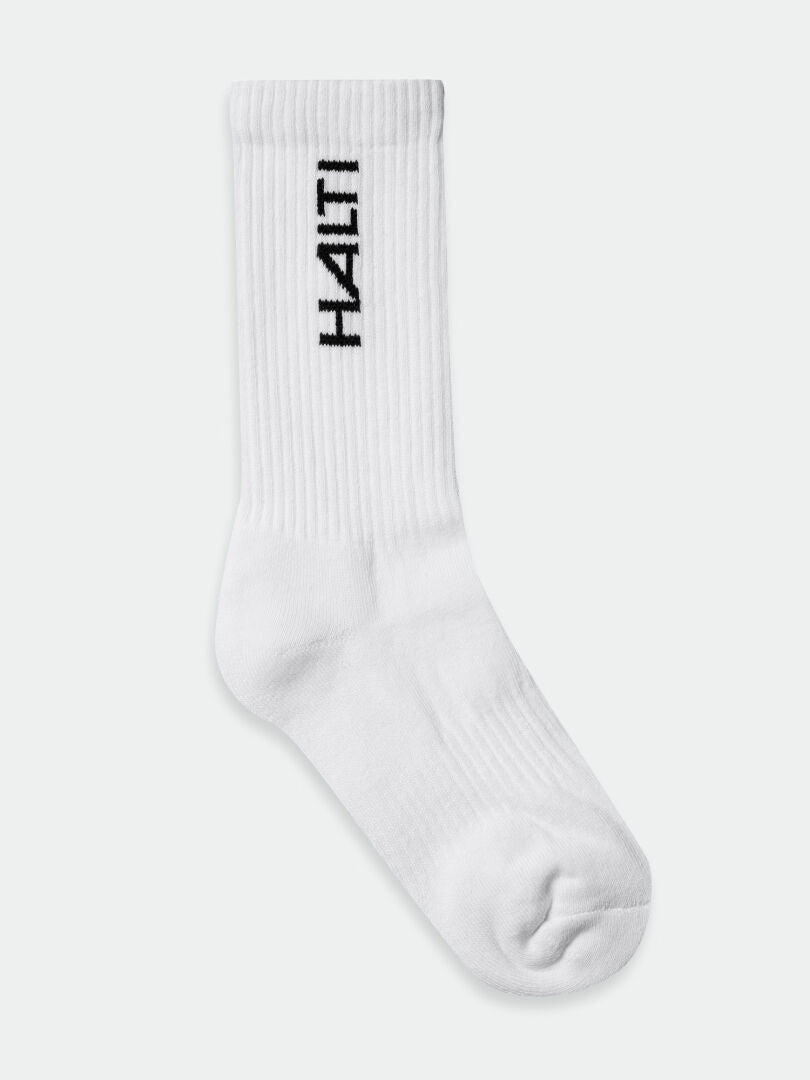
Outdoor Sport Crew Socks 3-pack


Outdoor Sport Low Socks 3-pack

